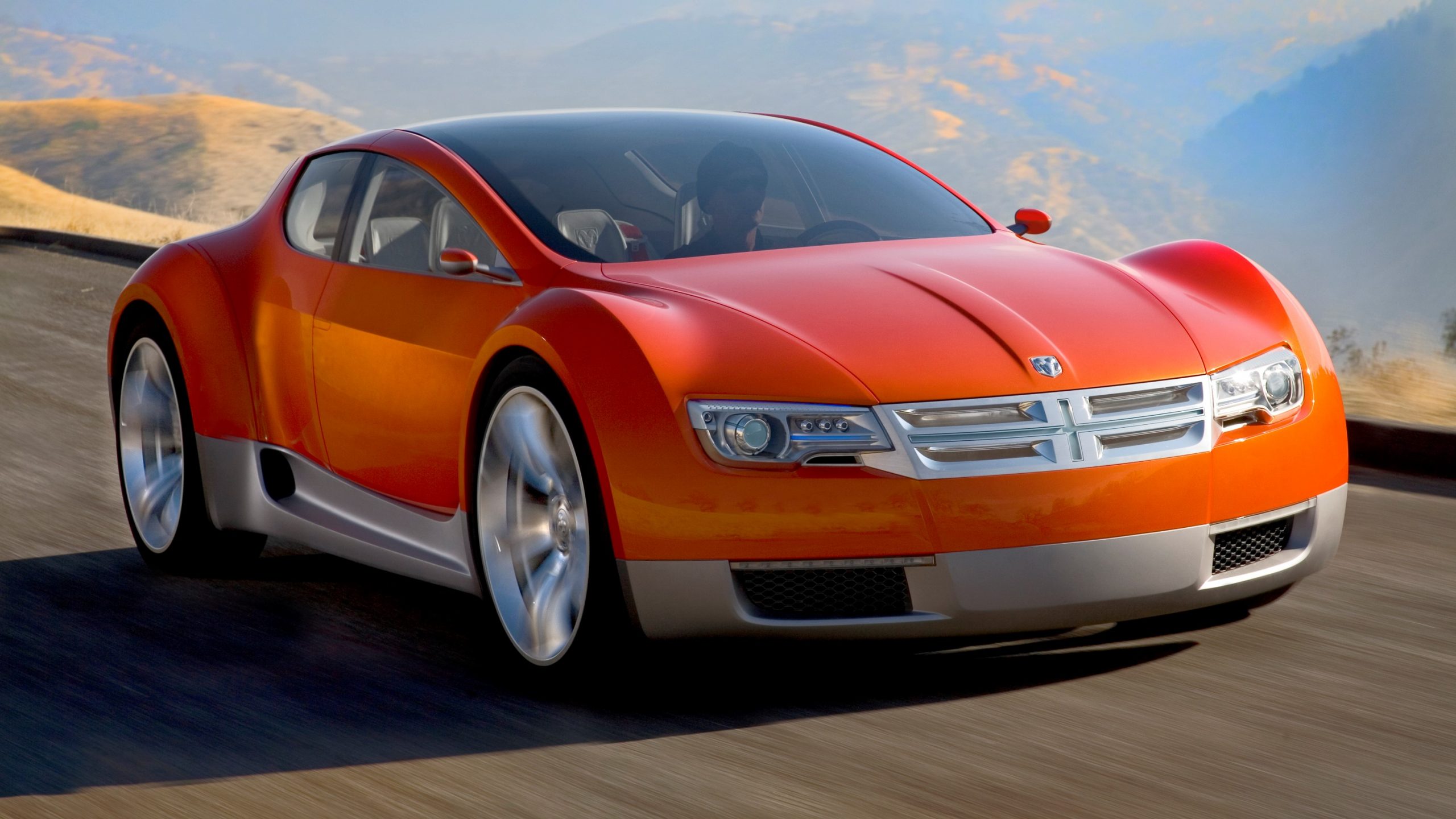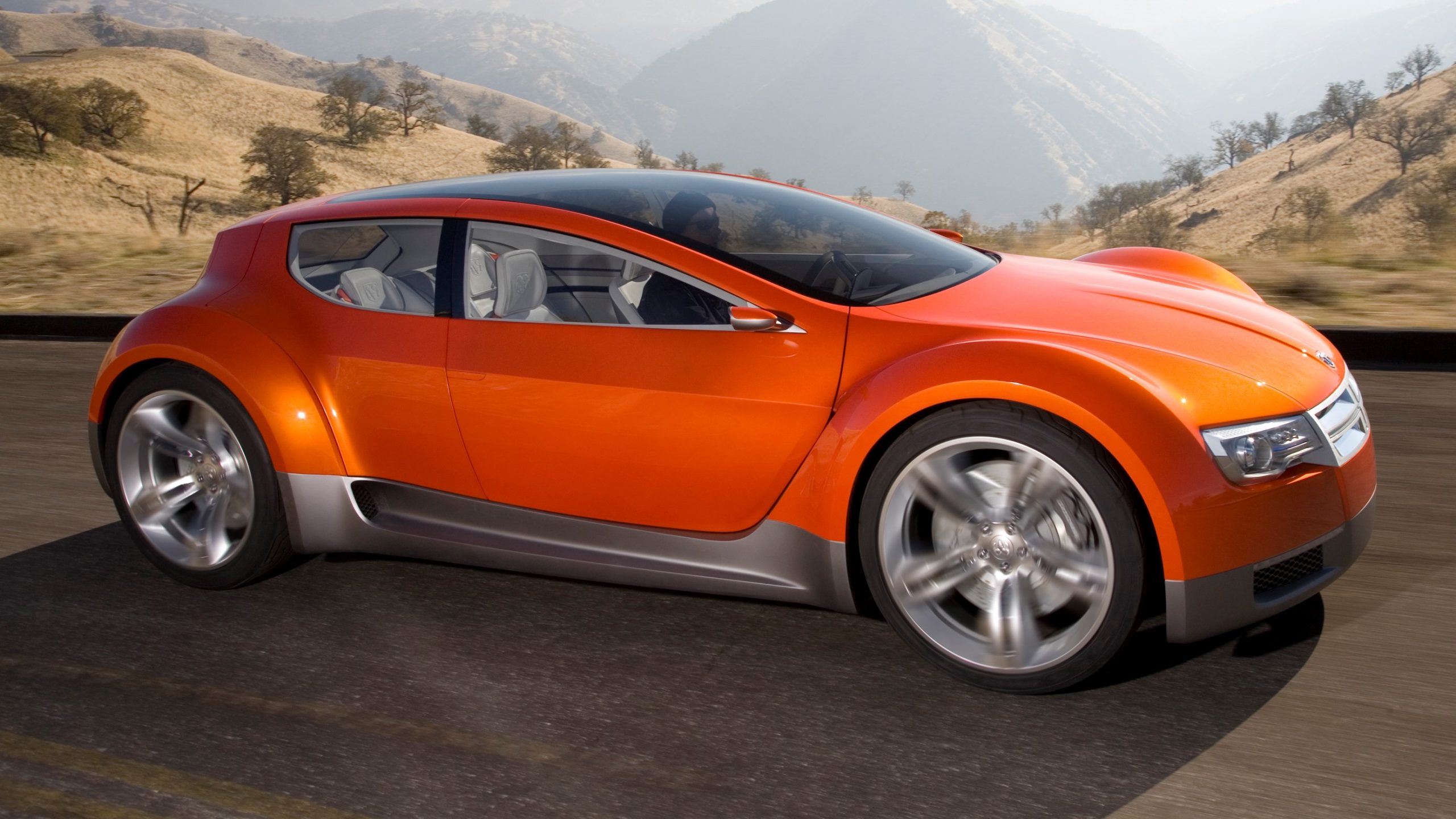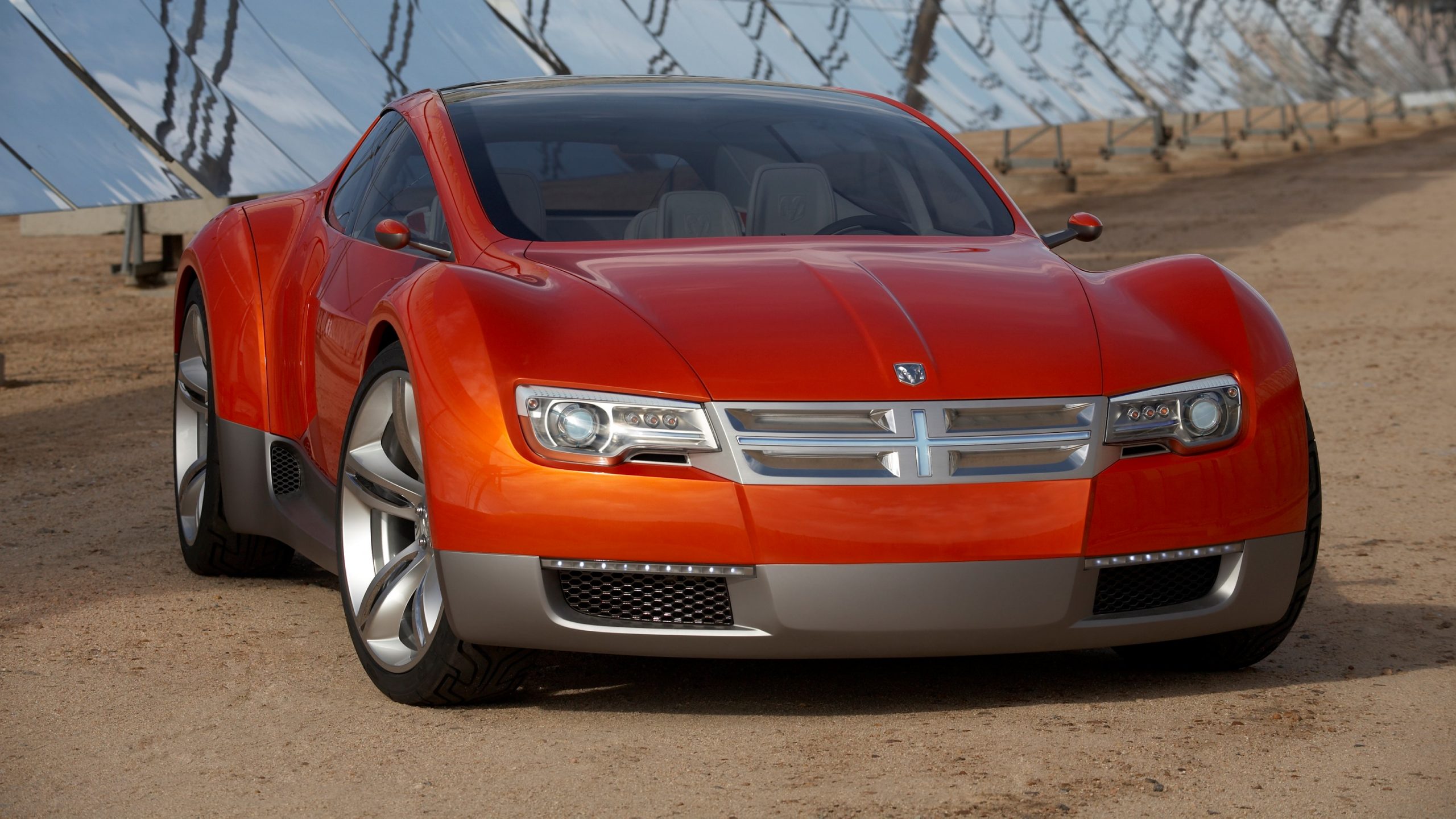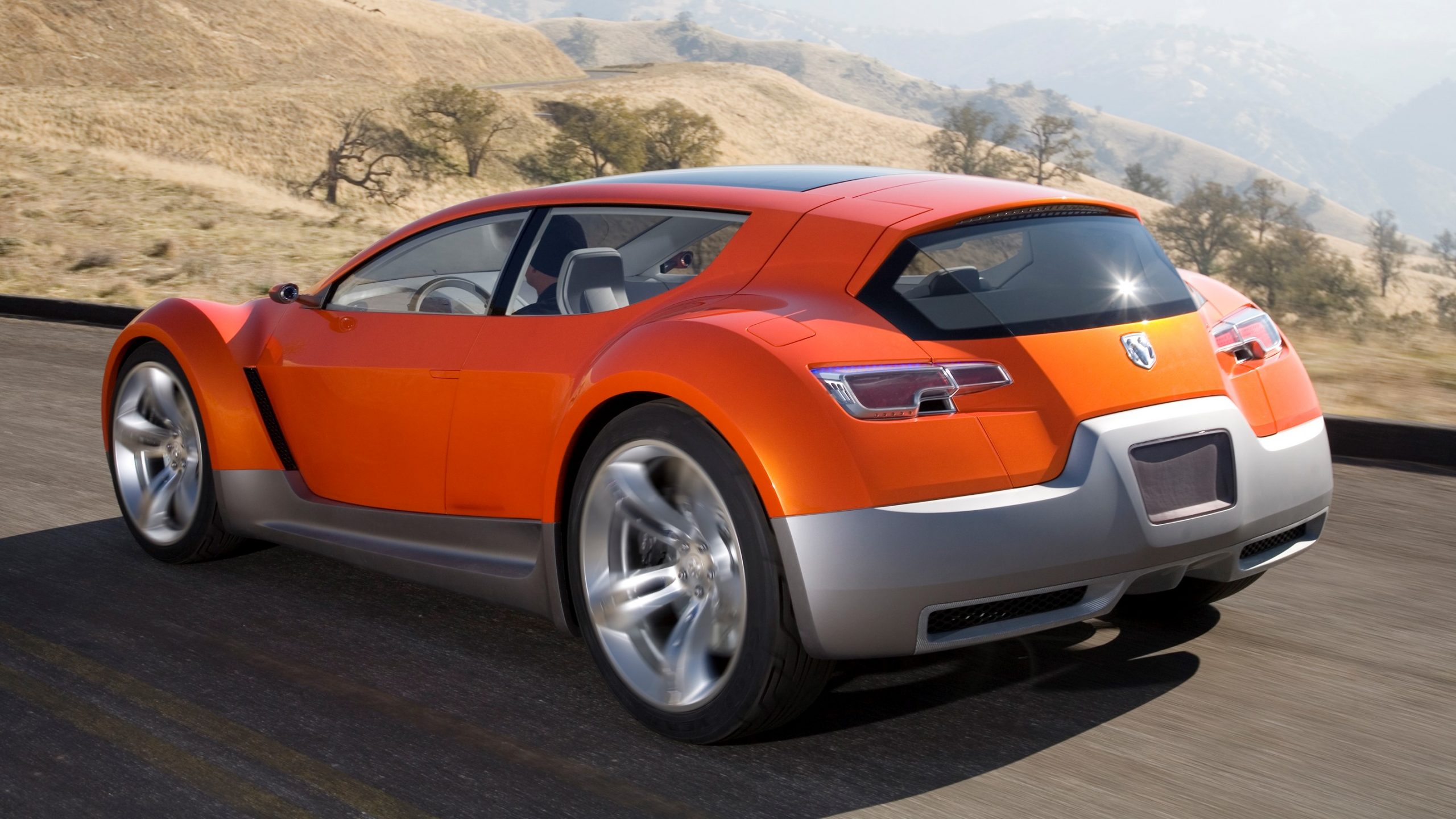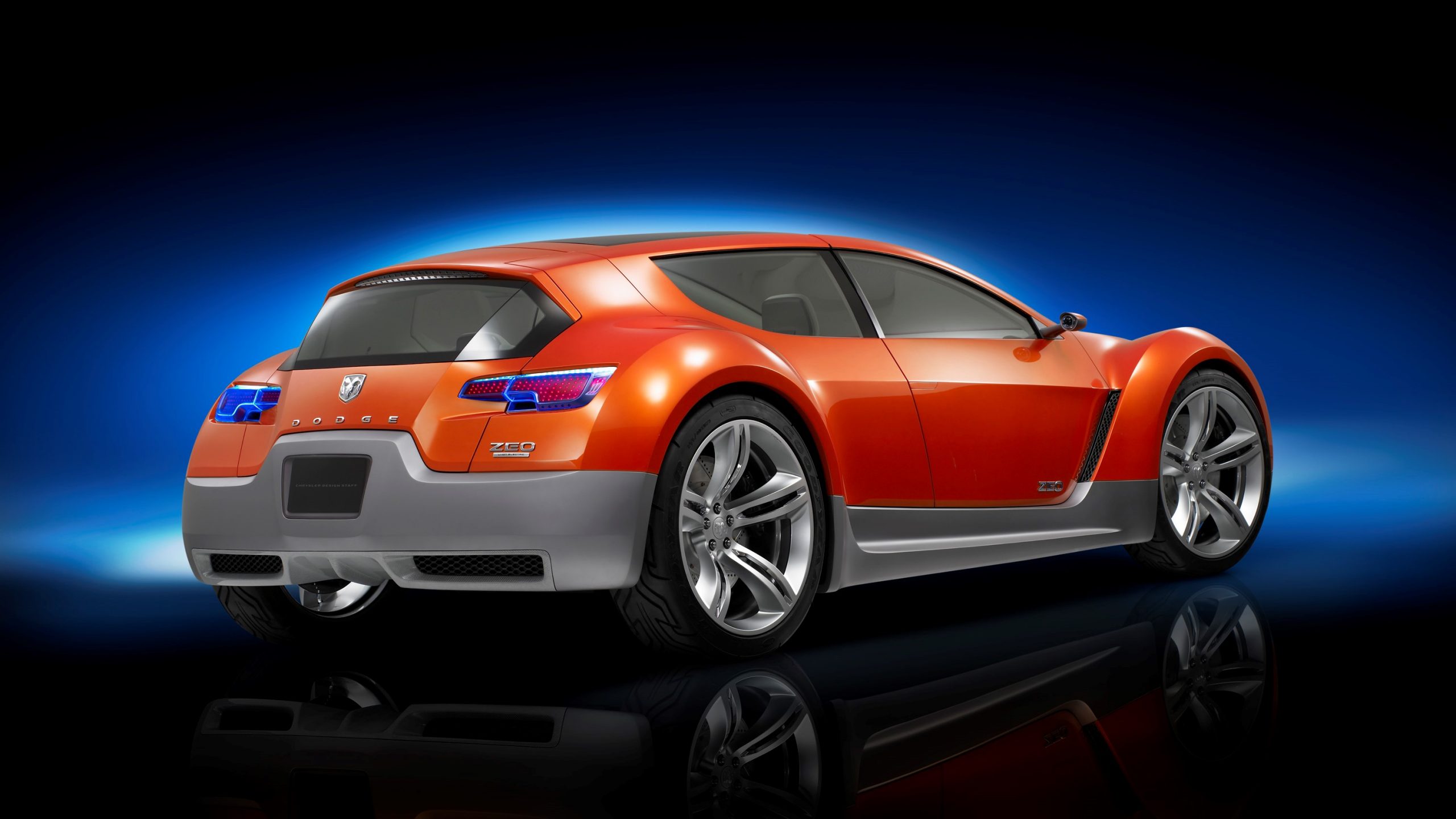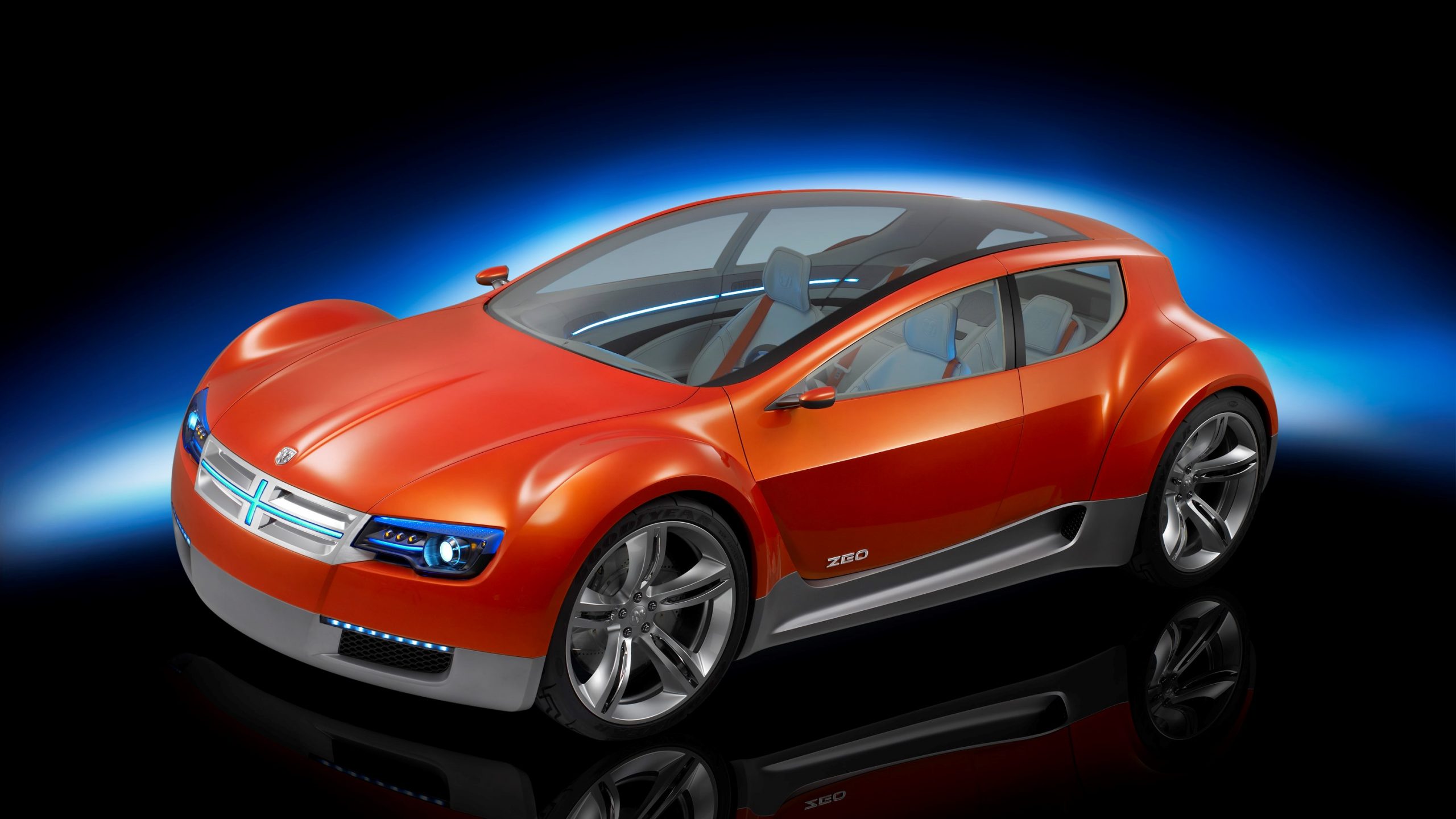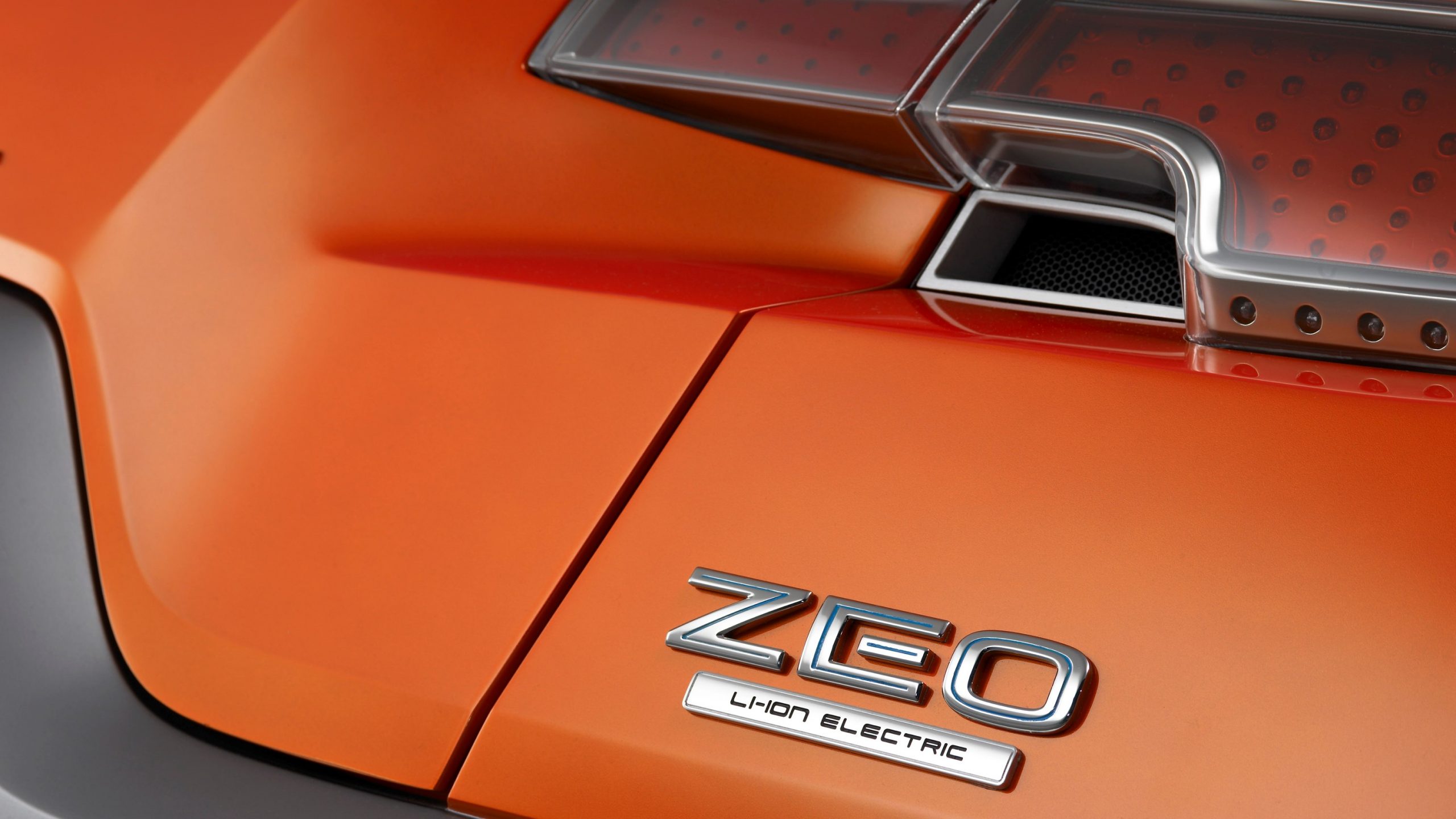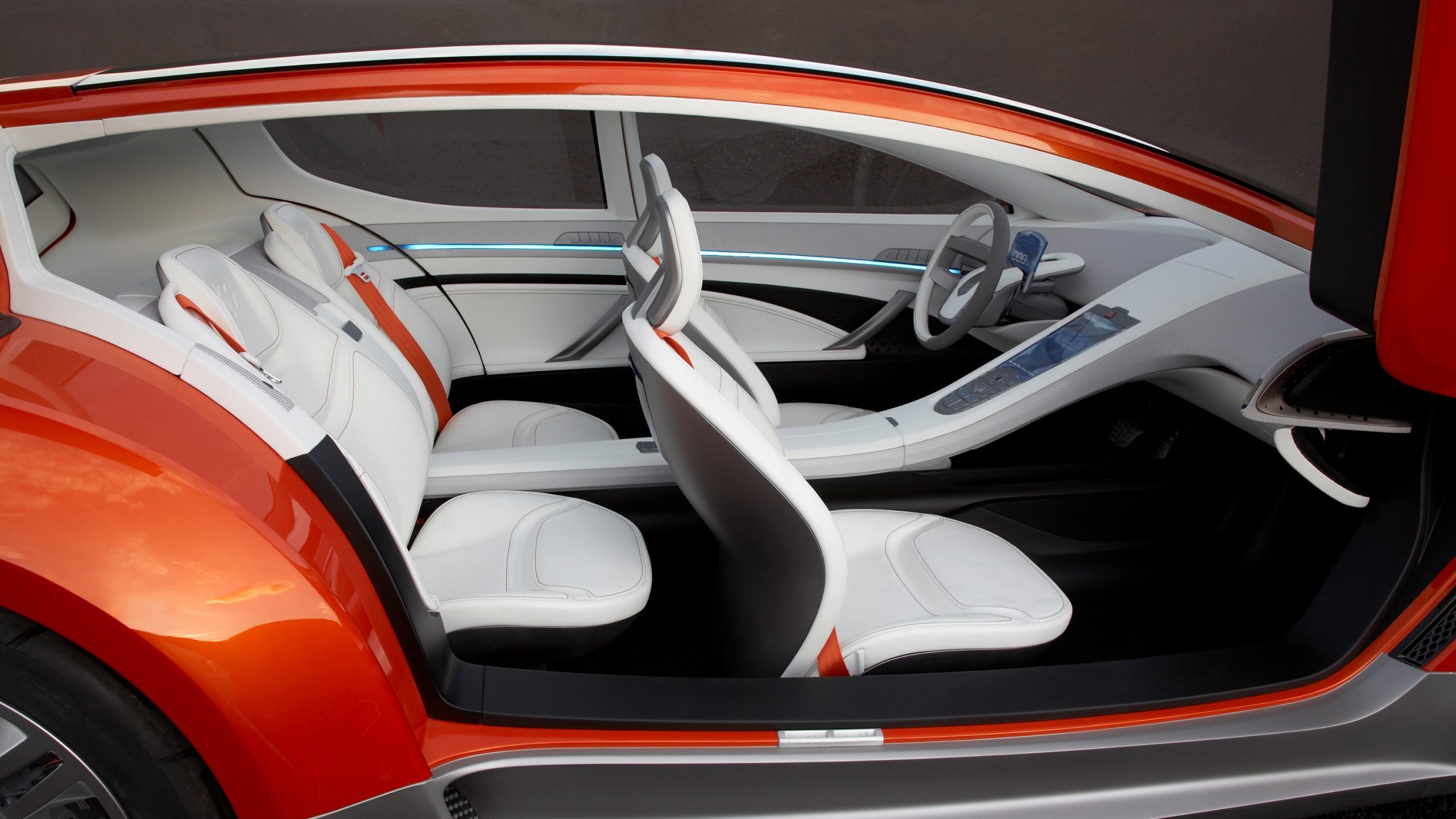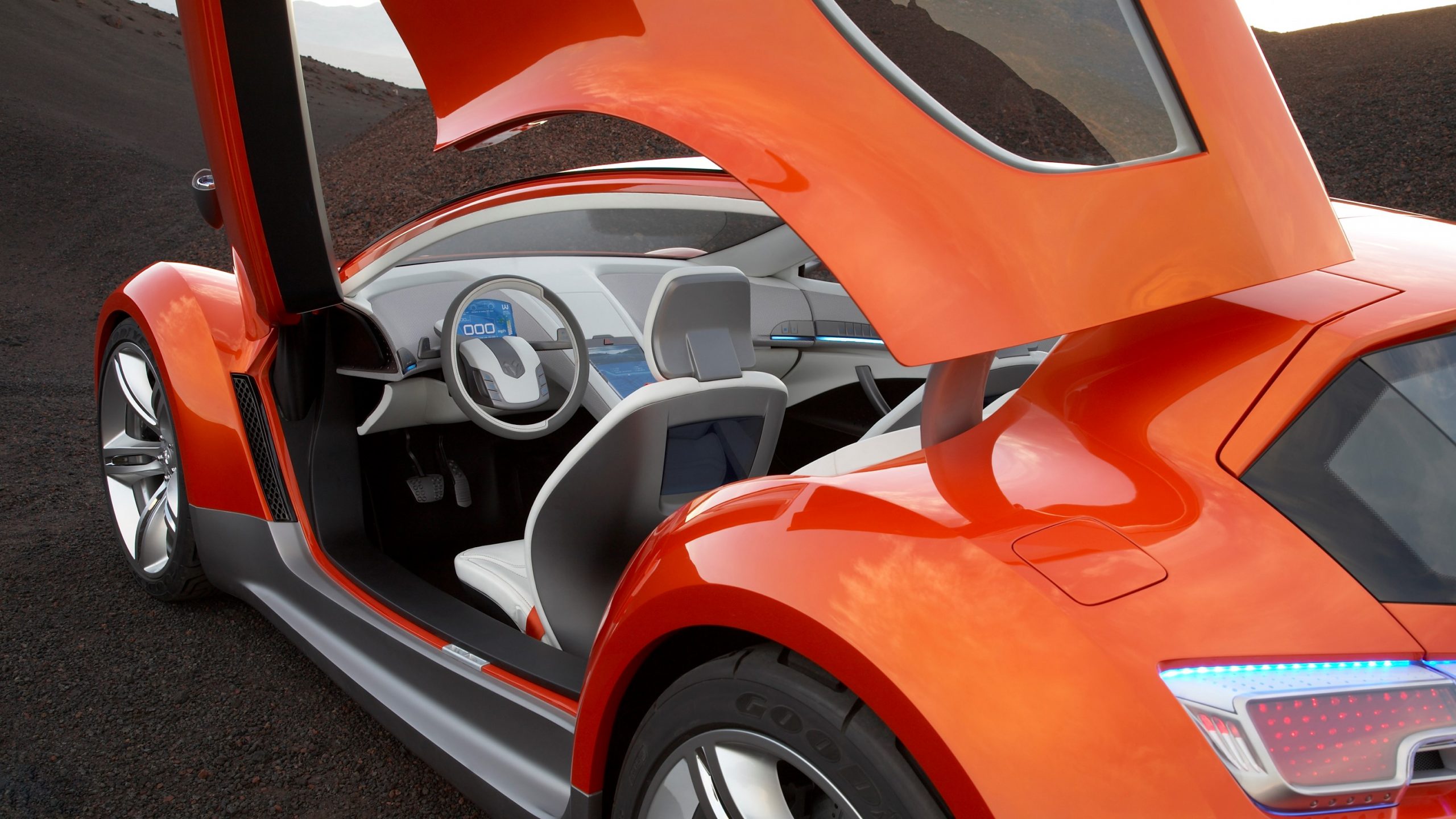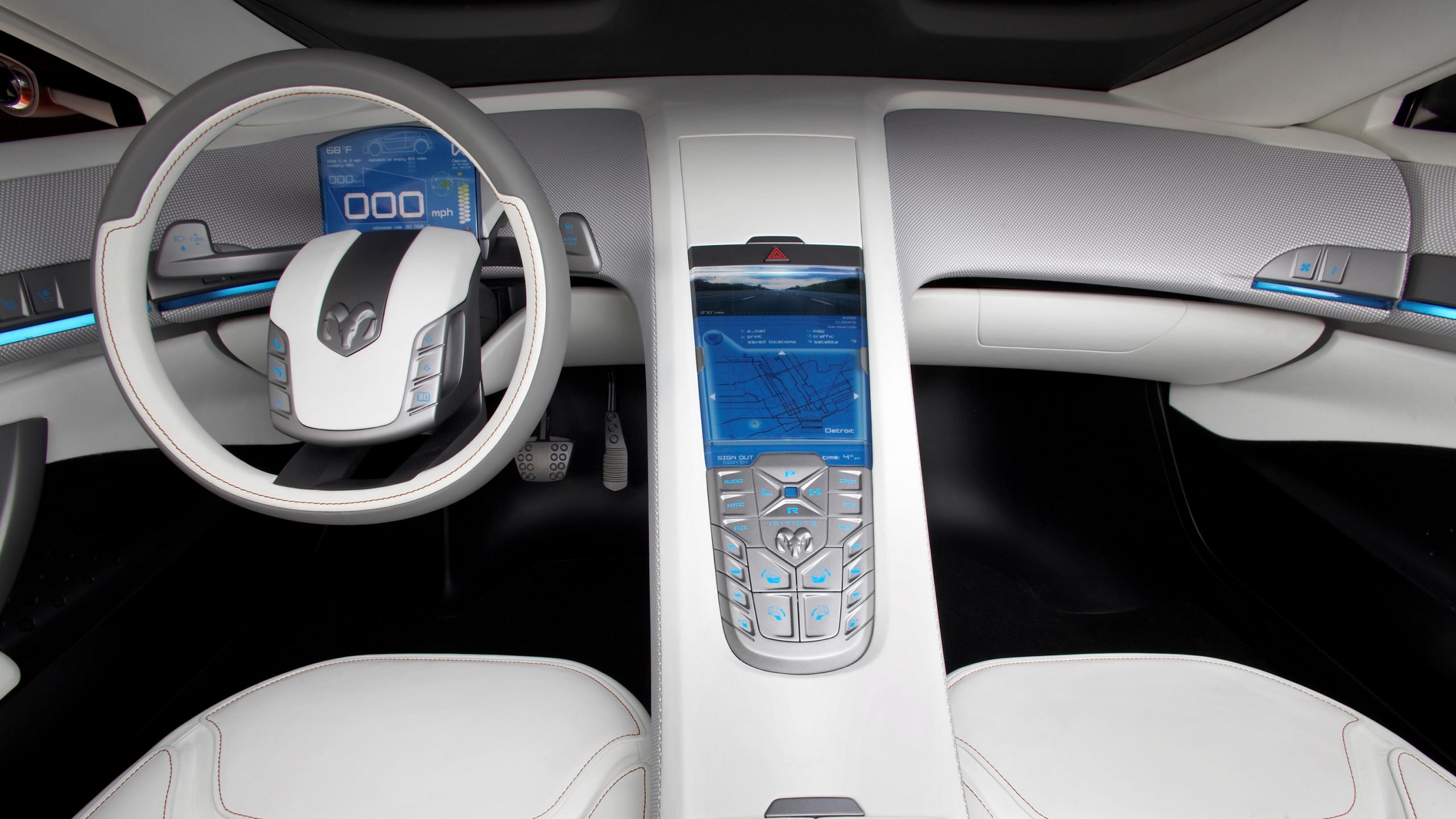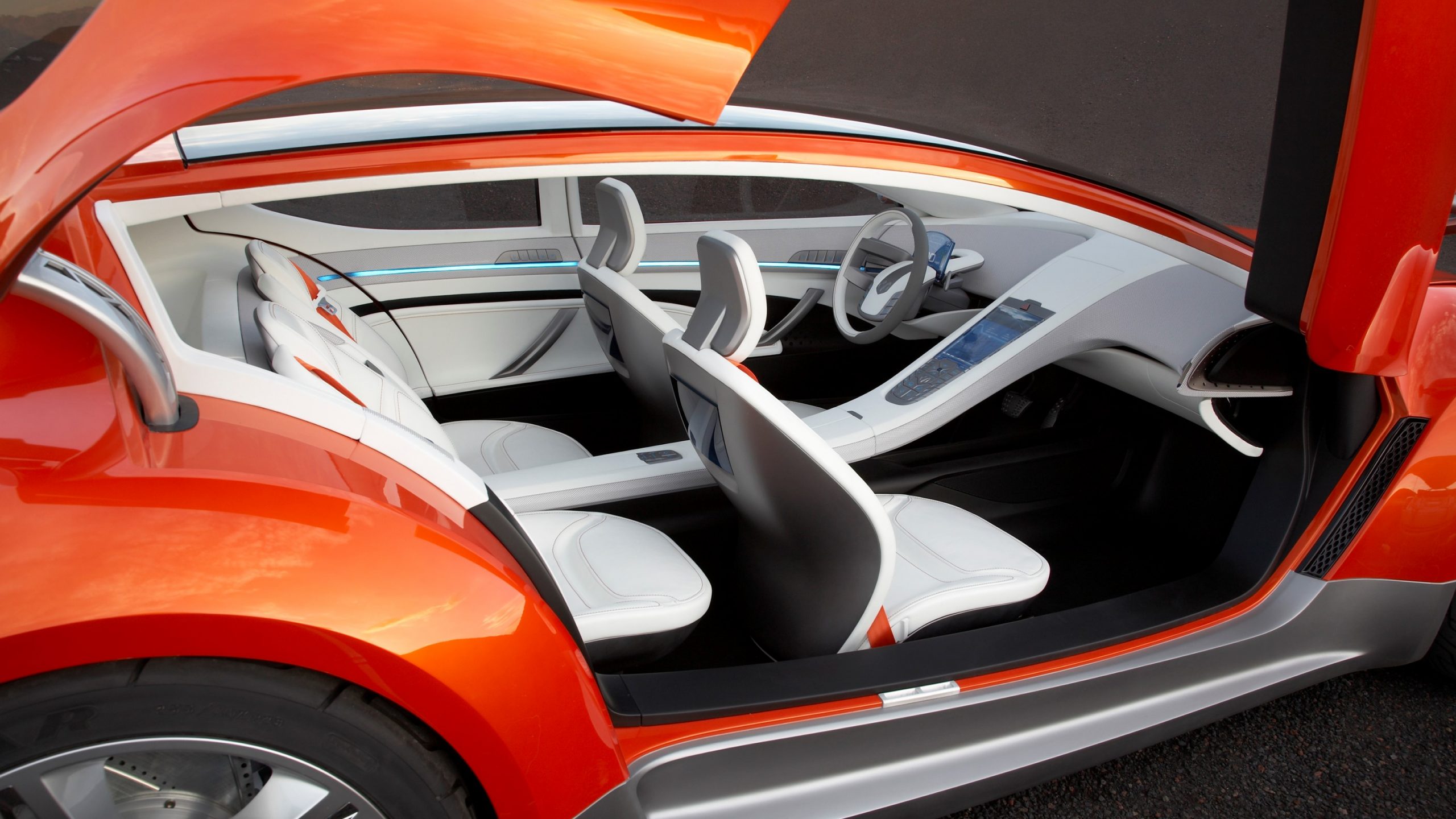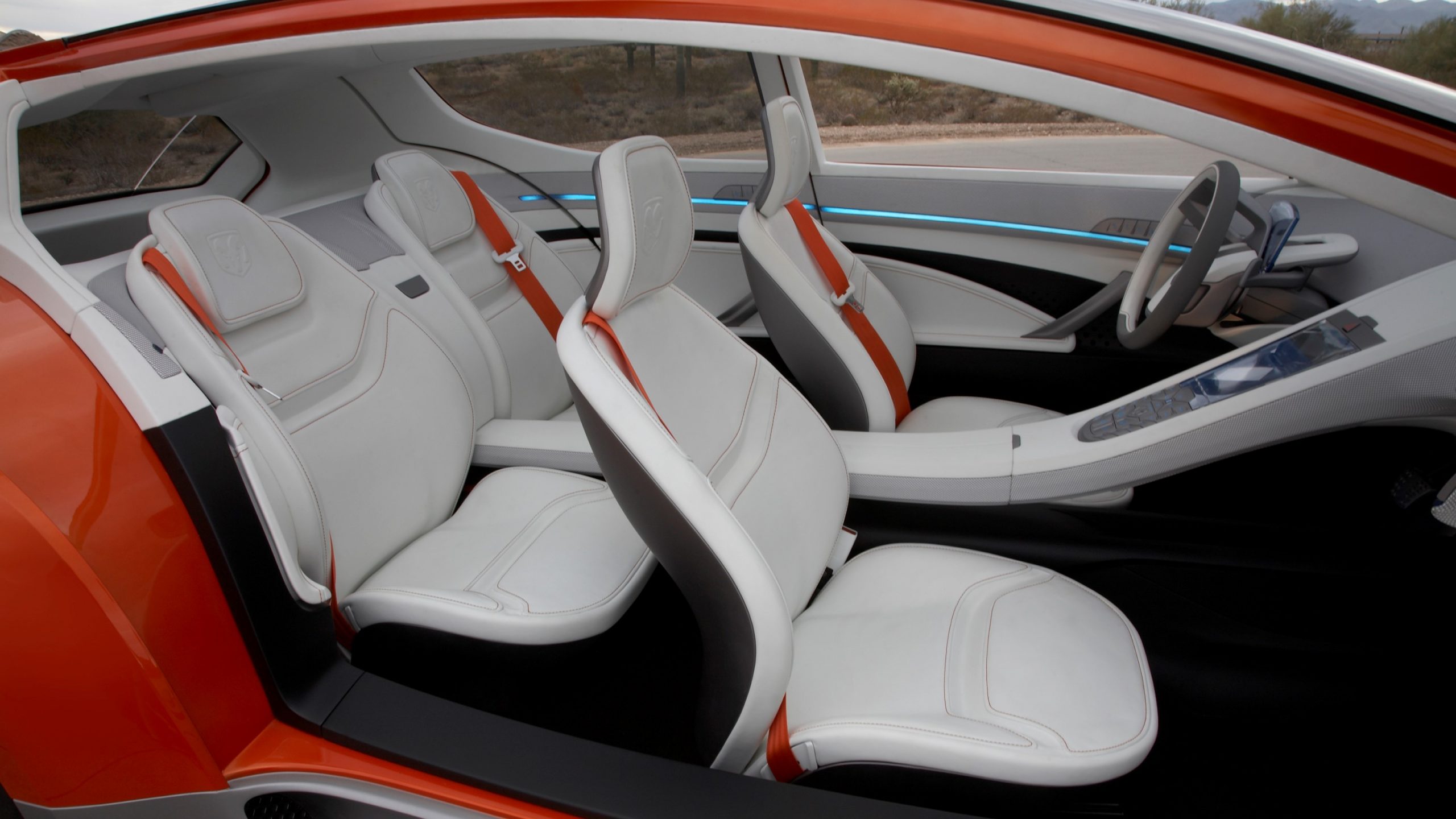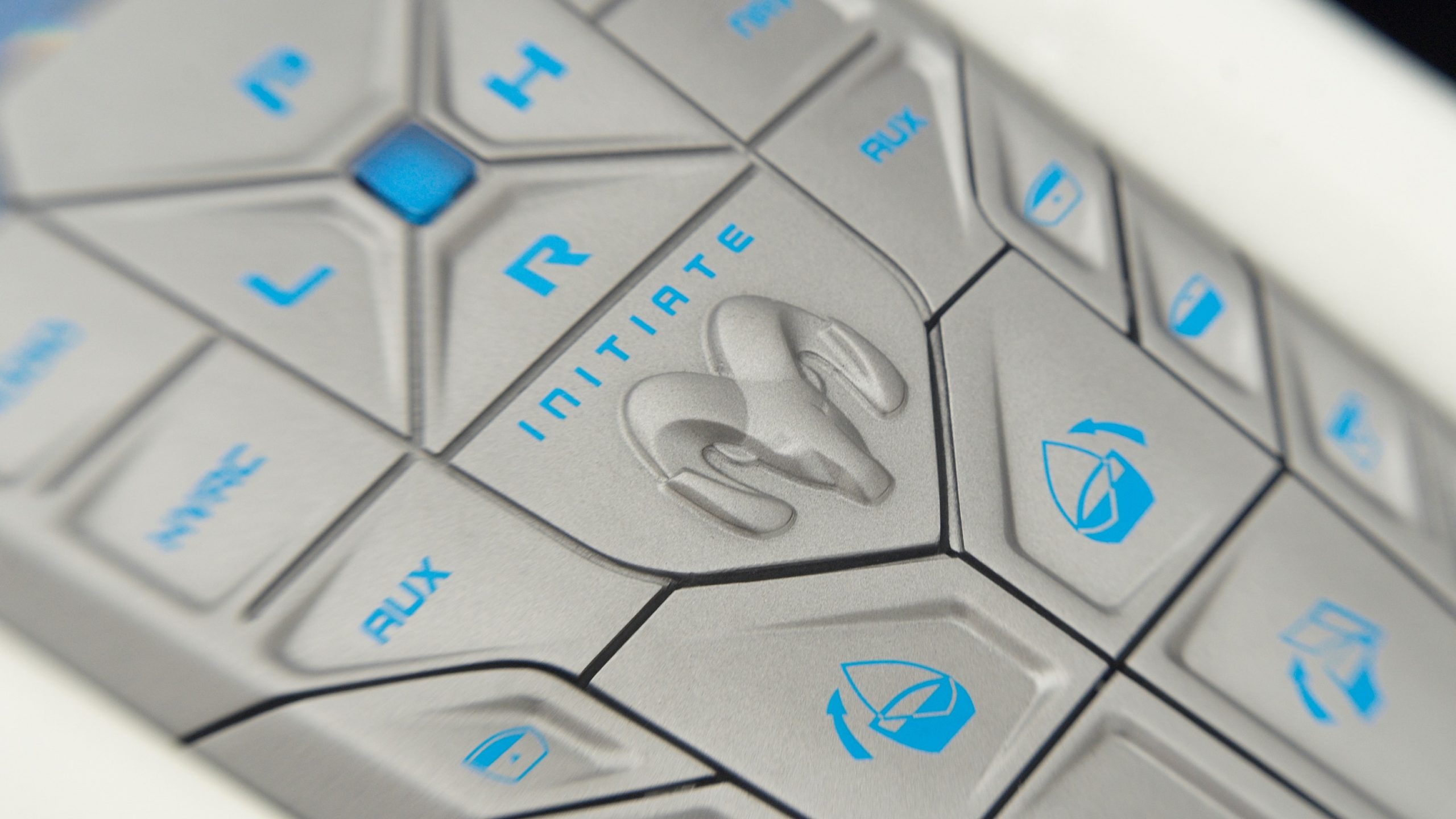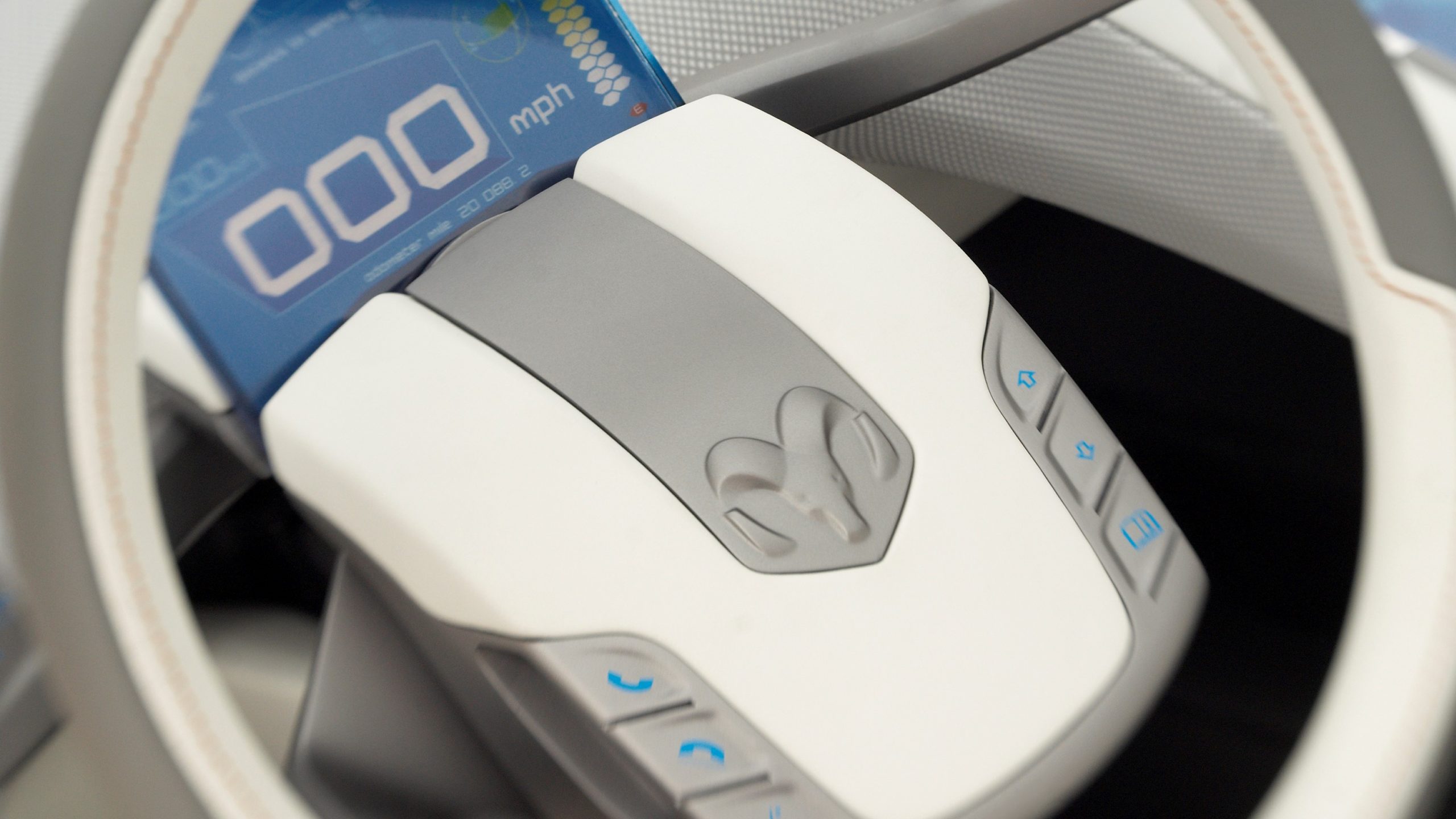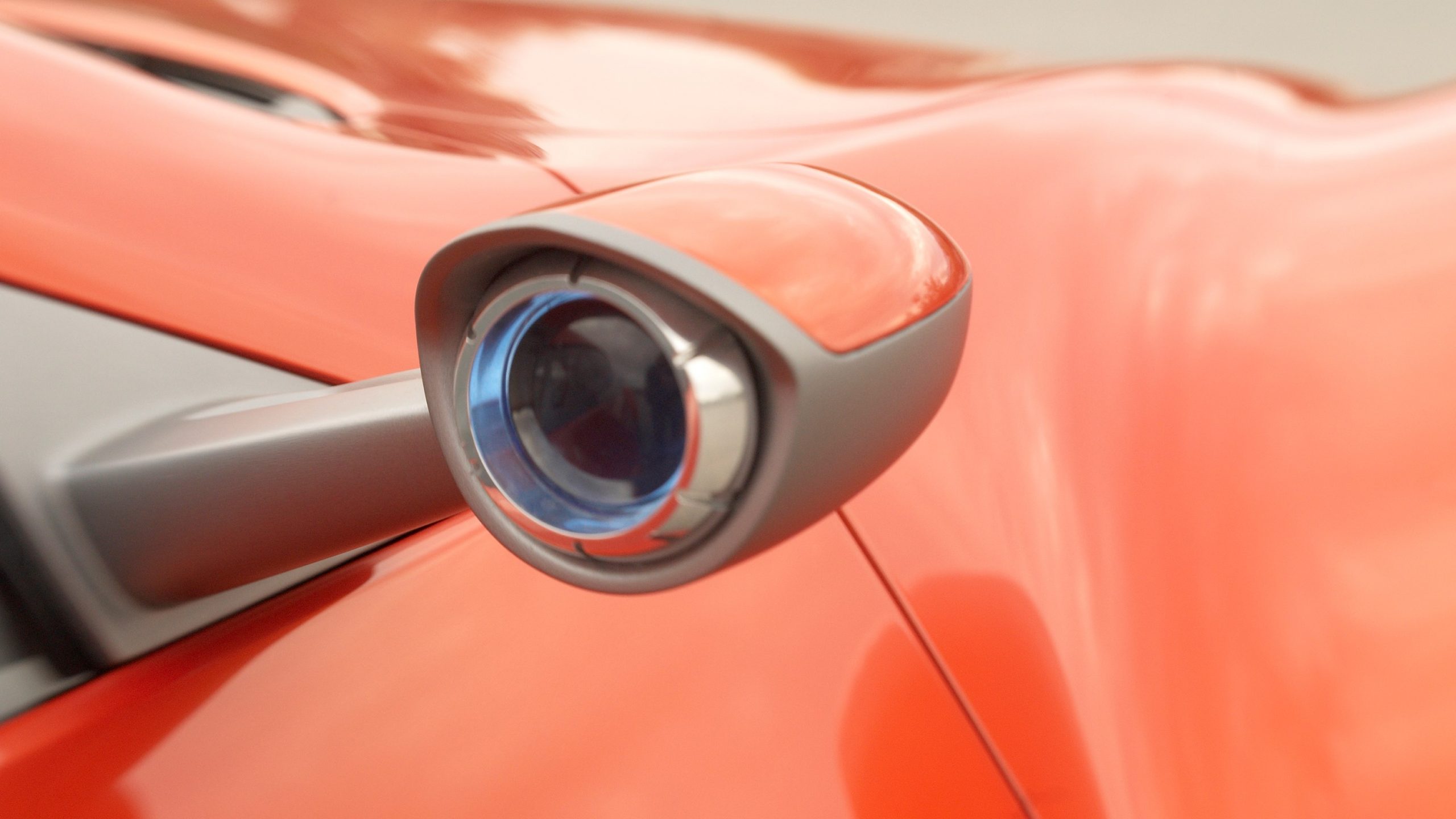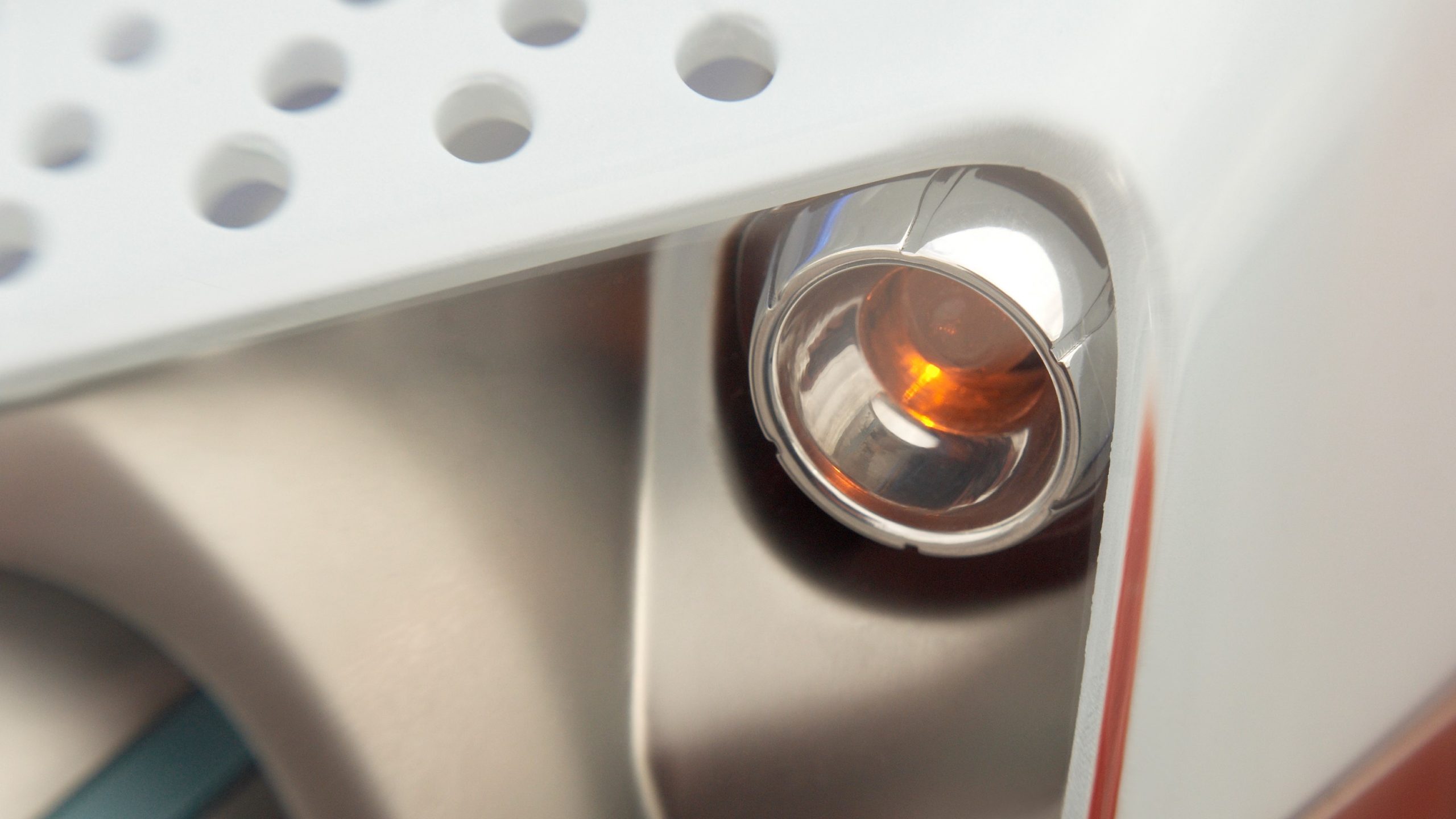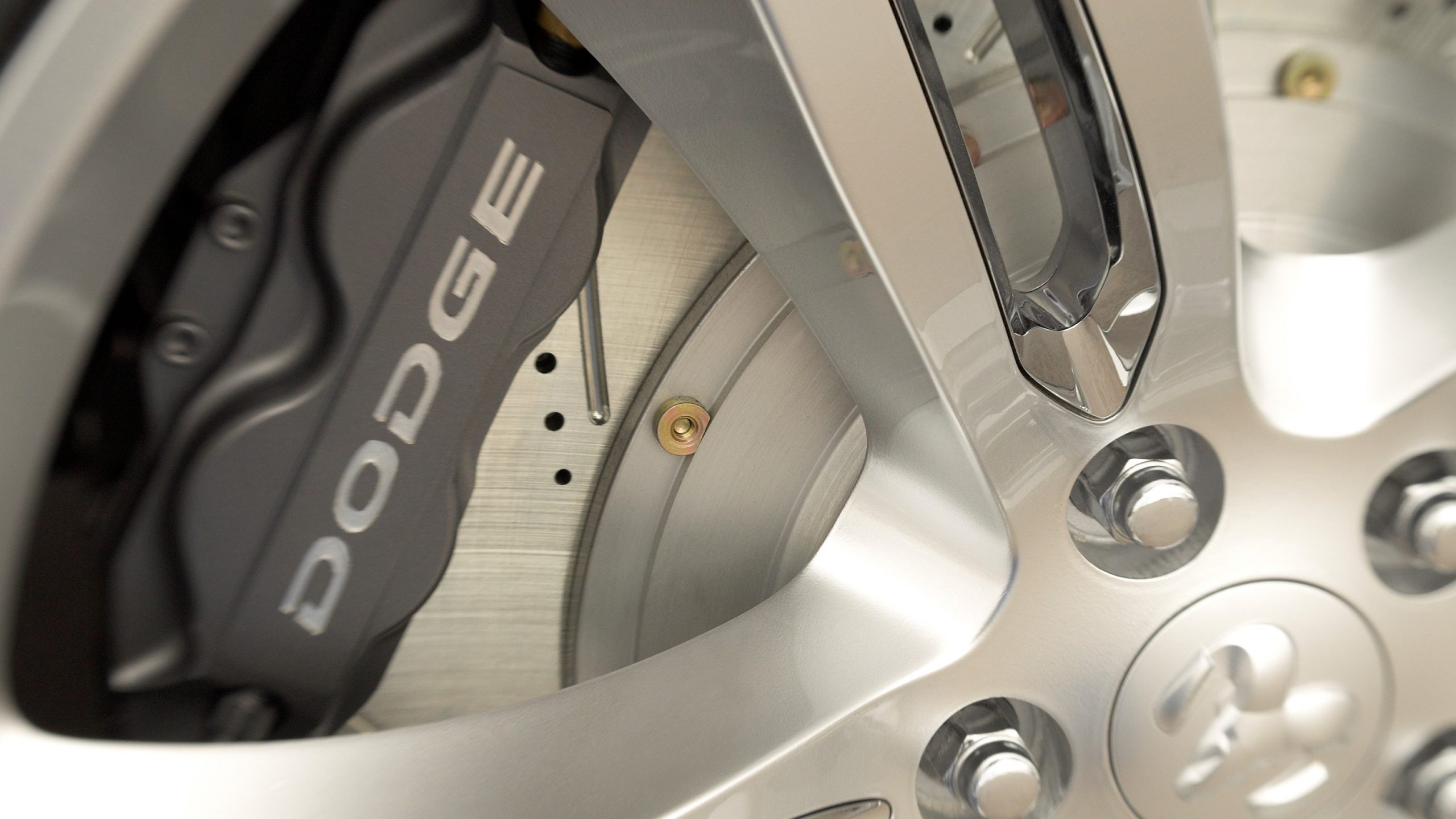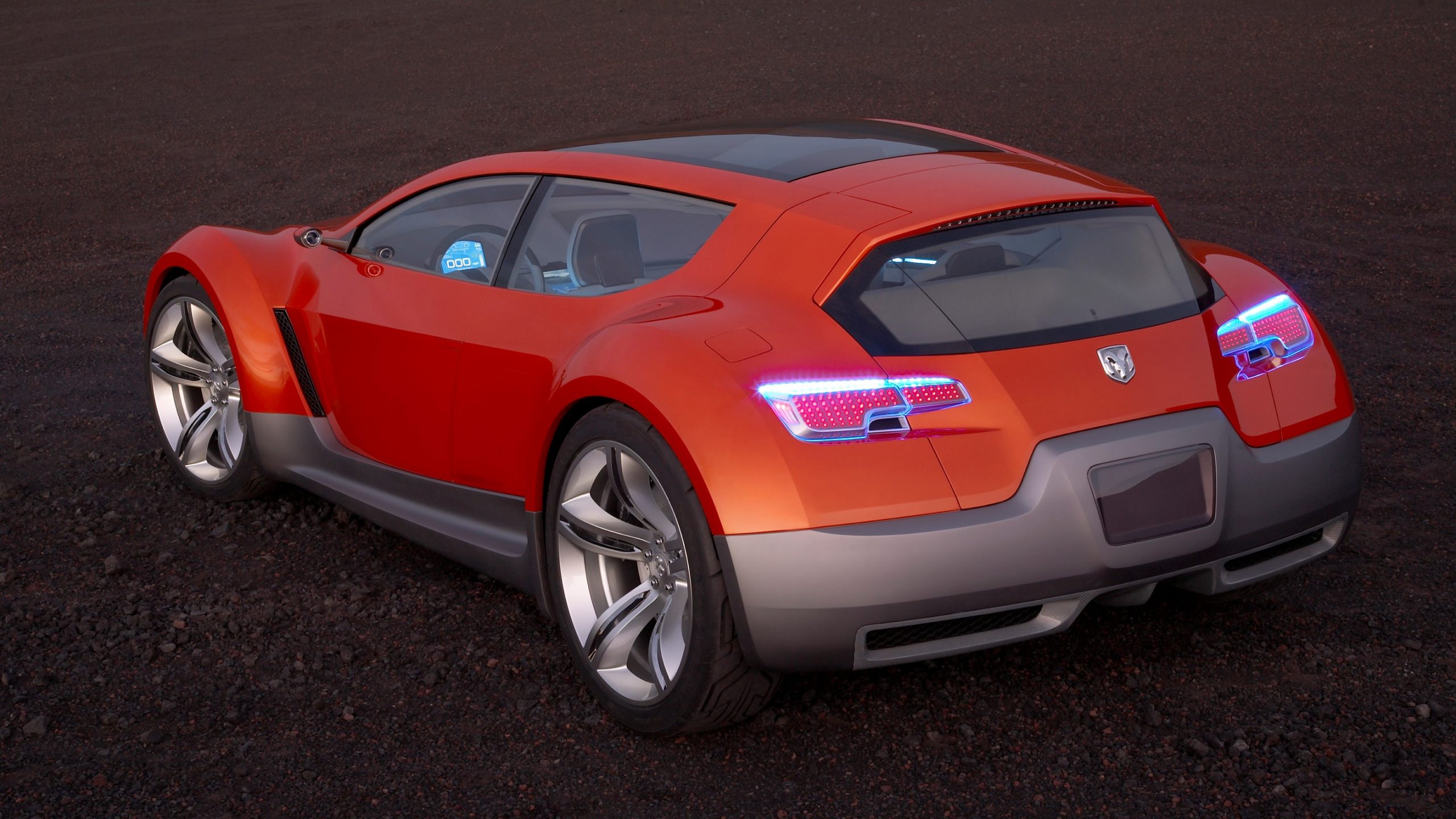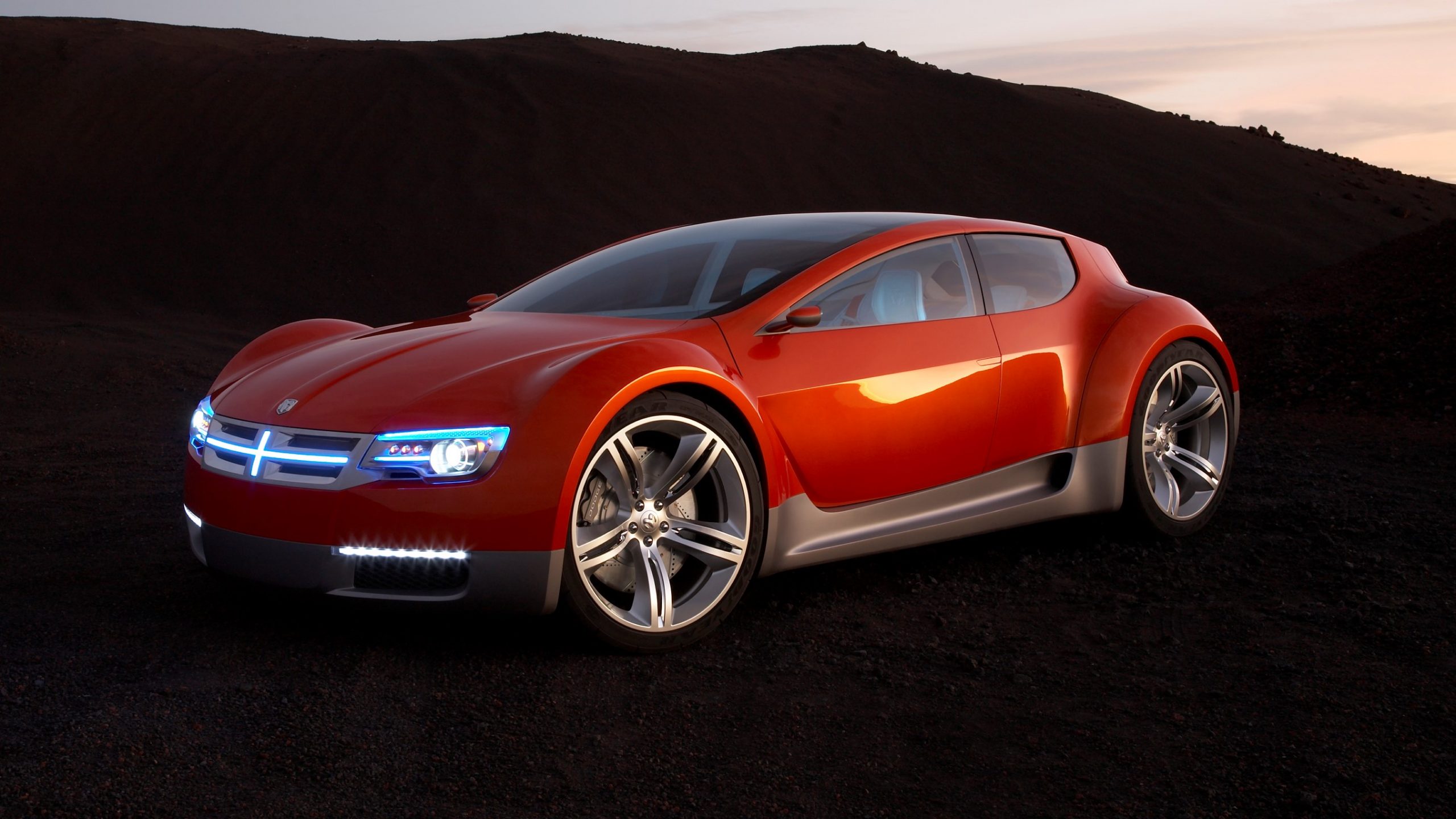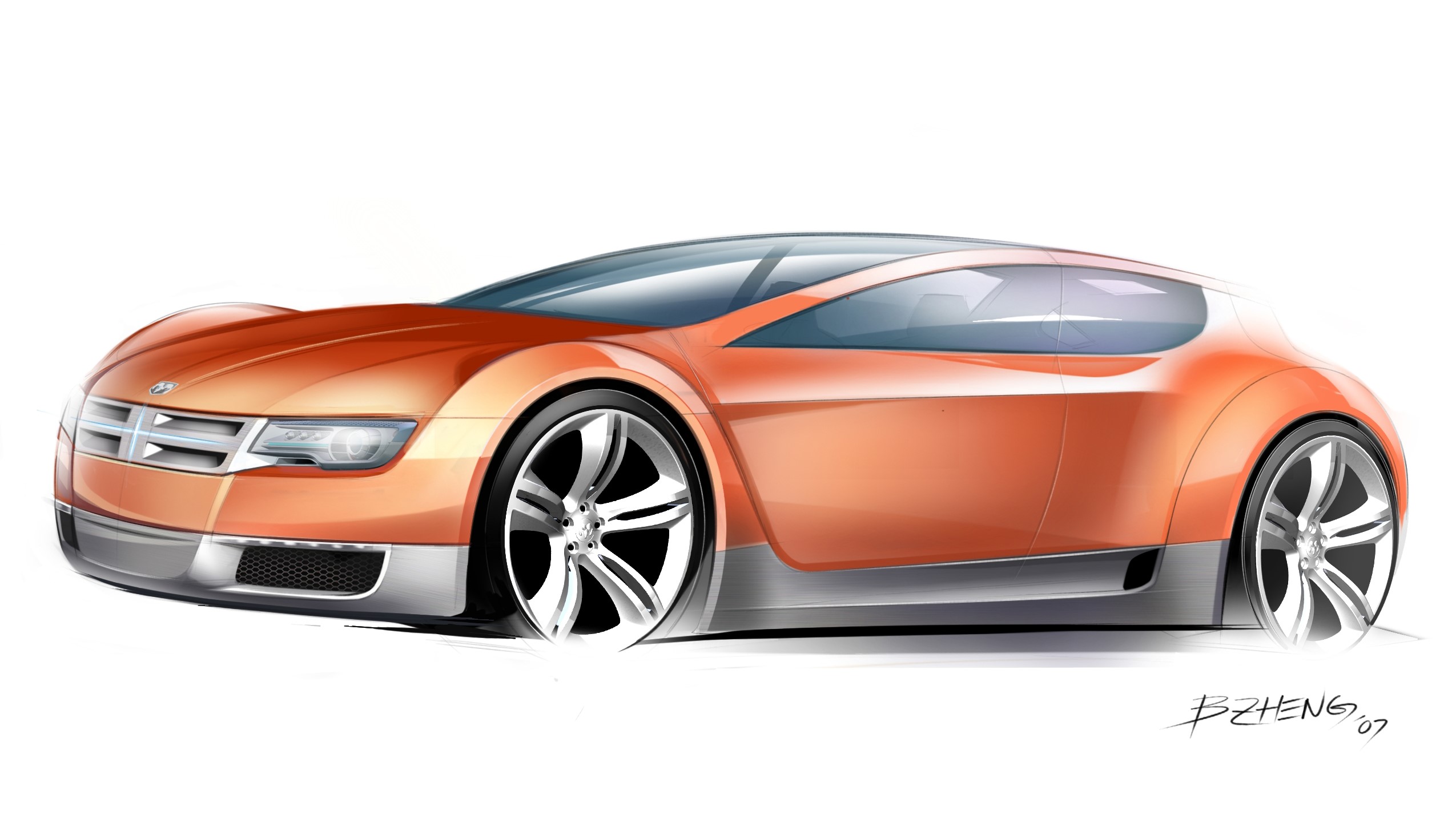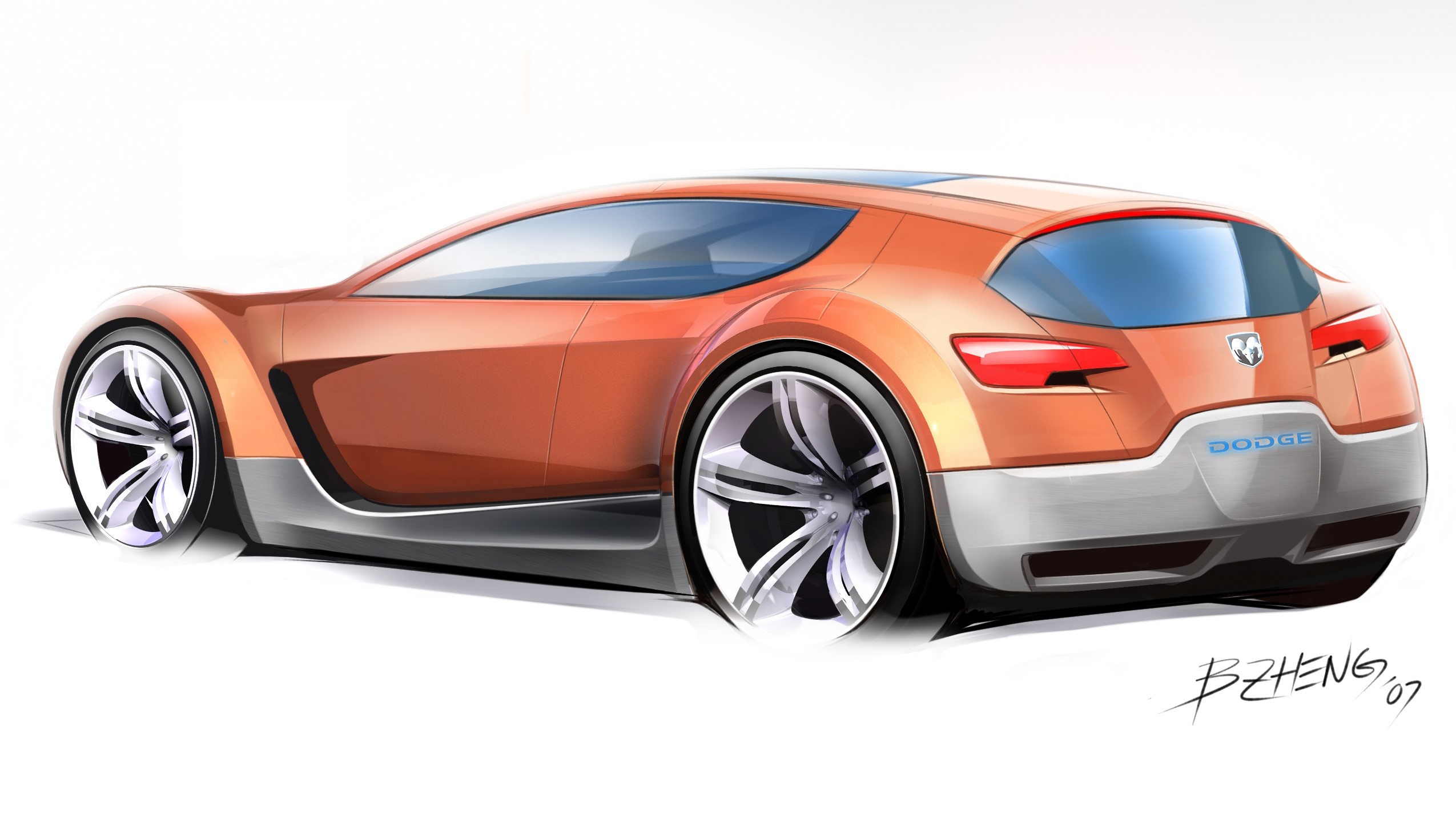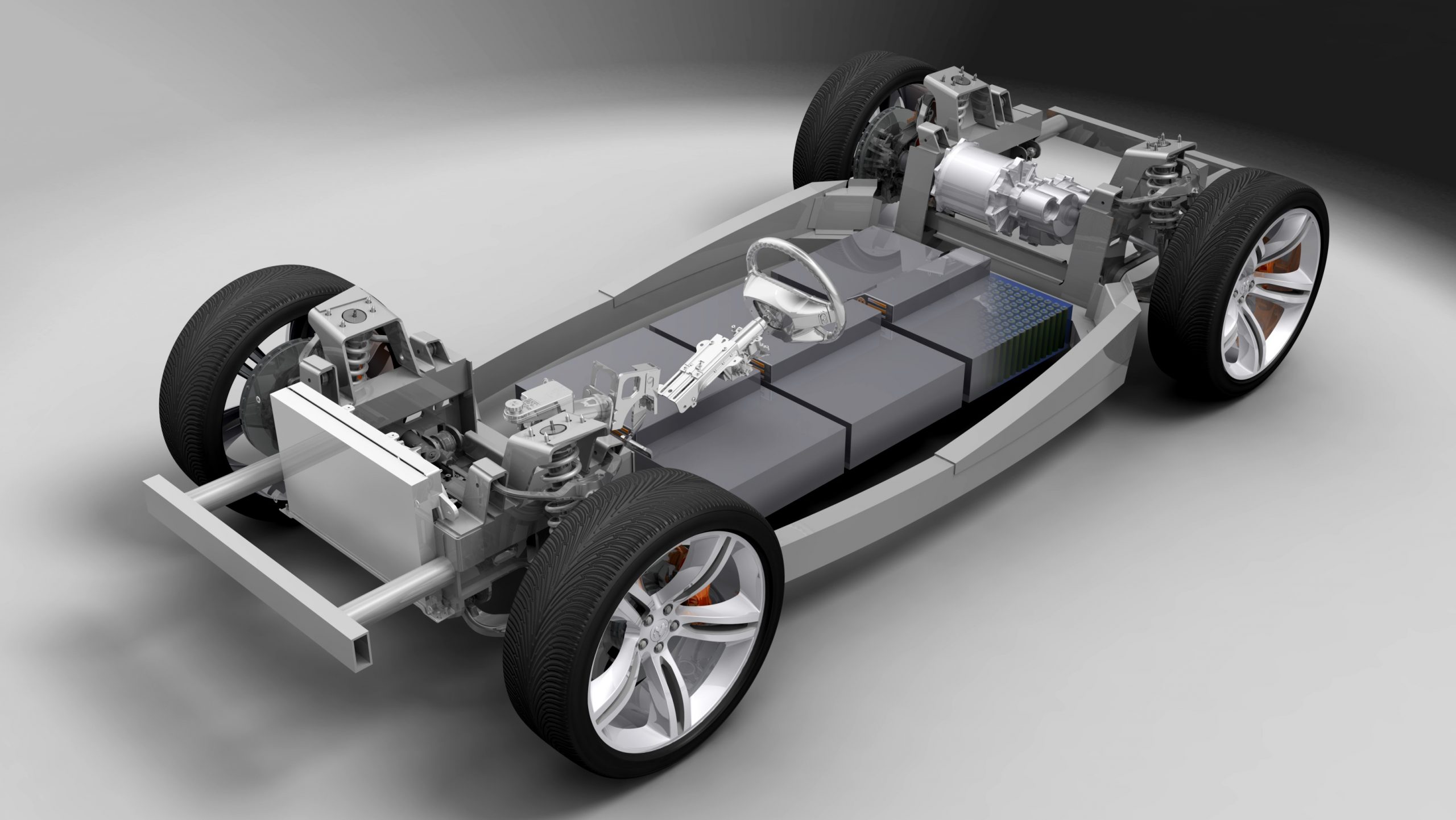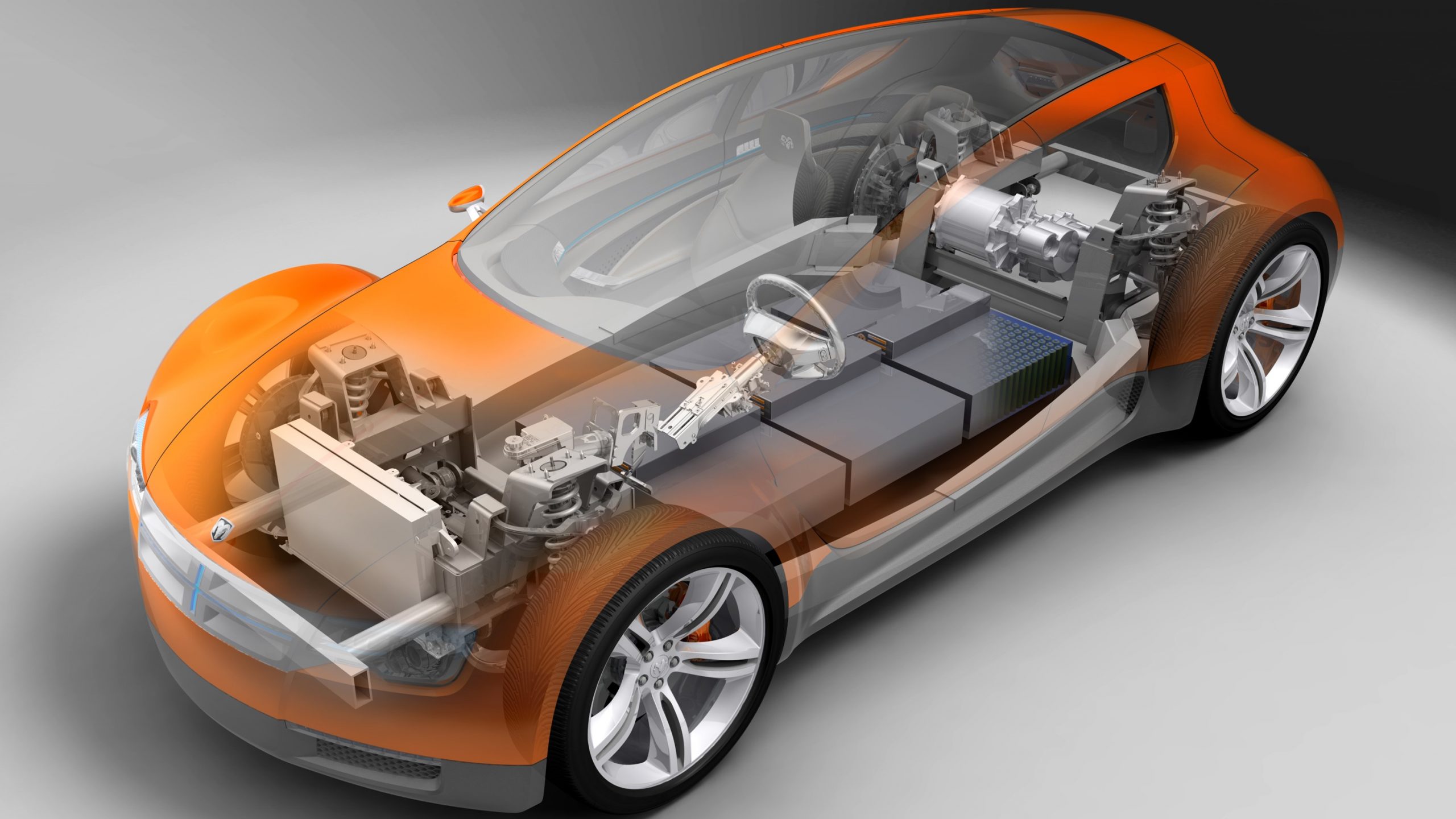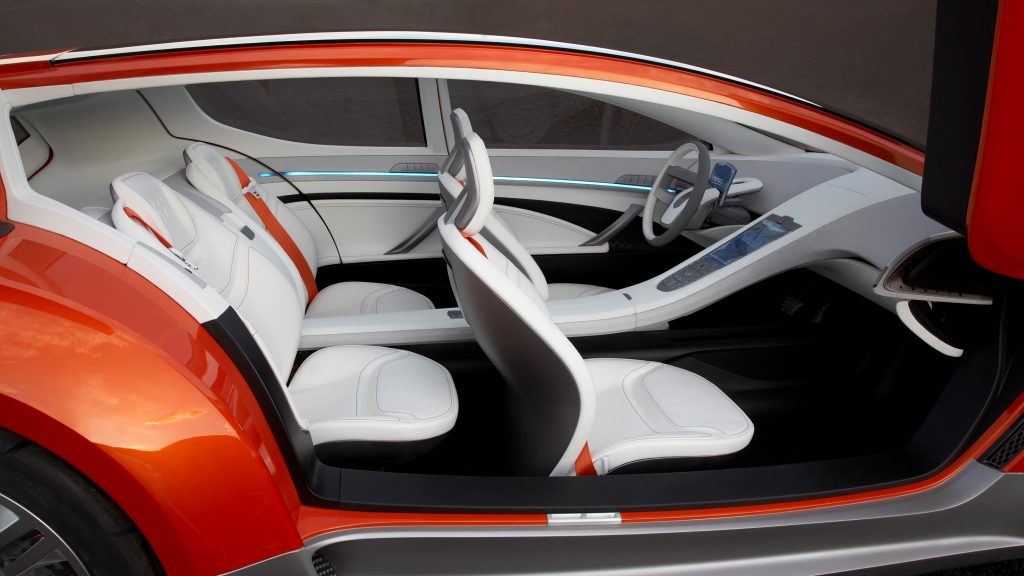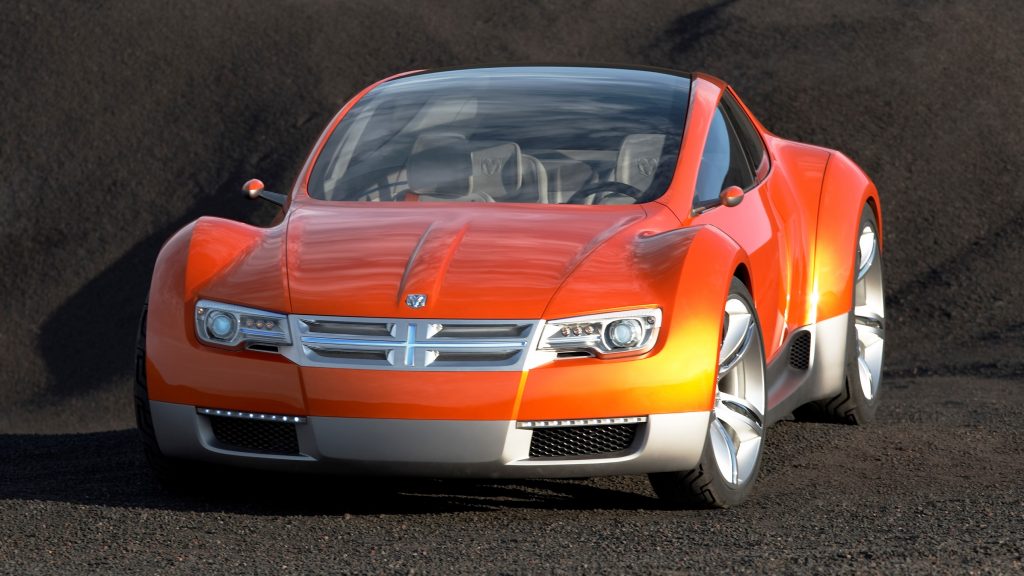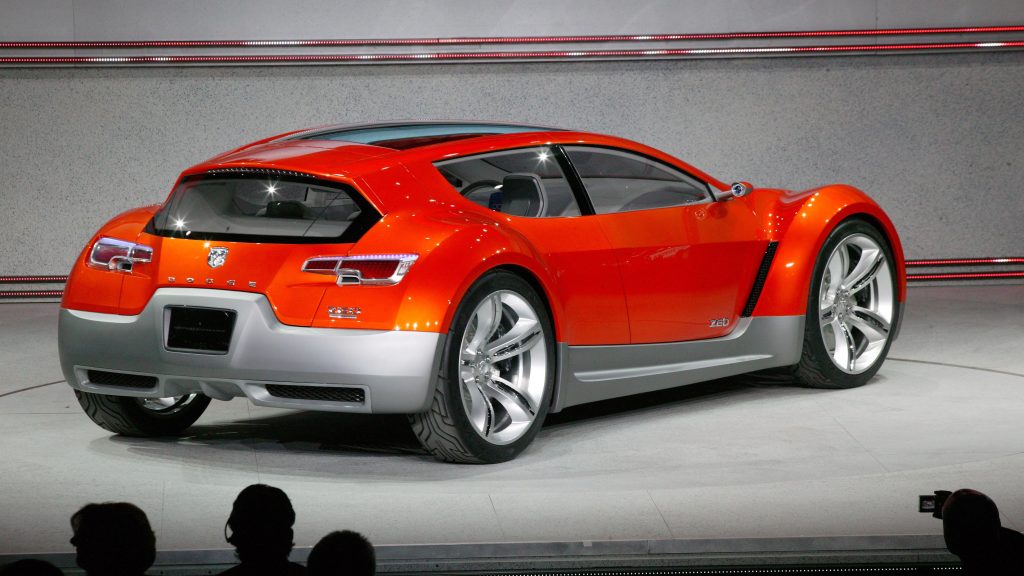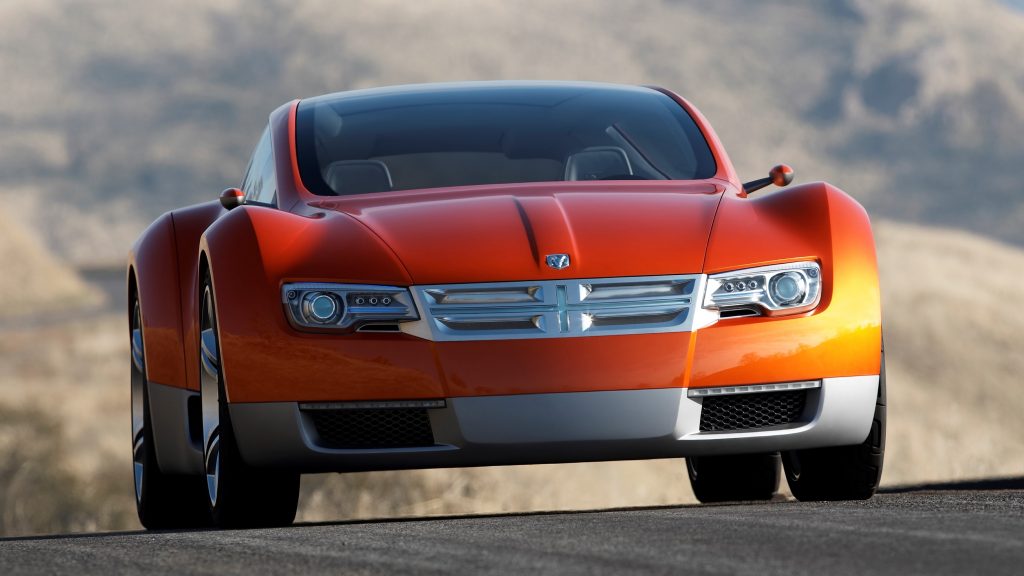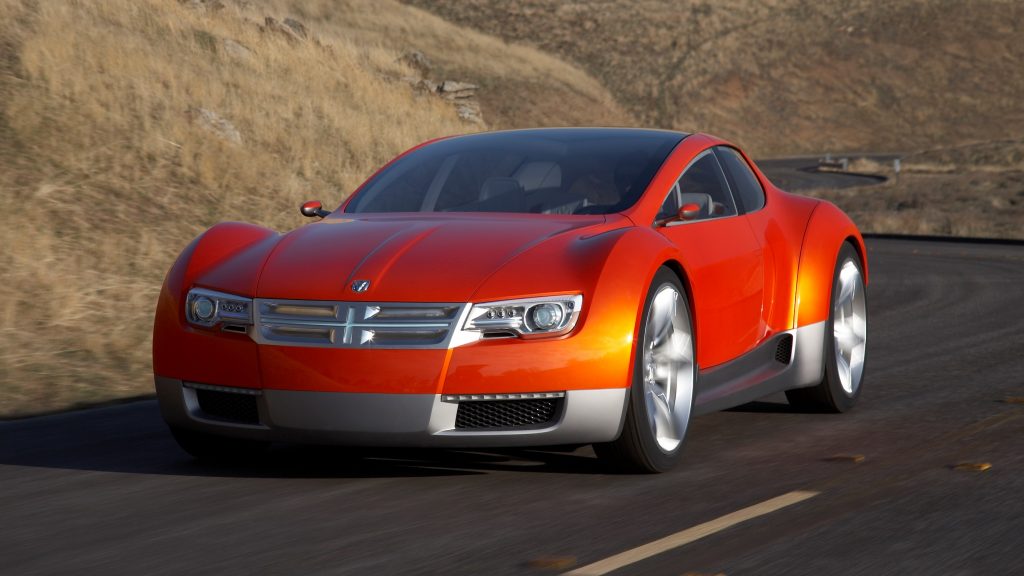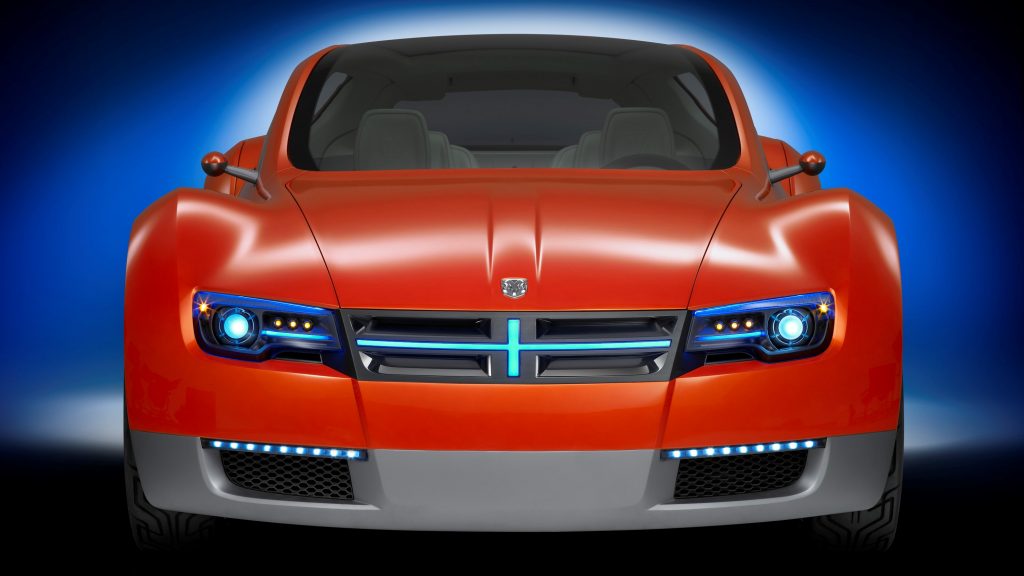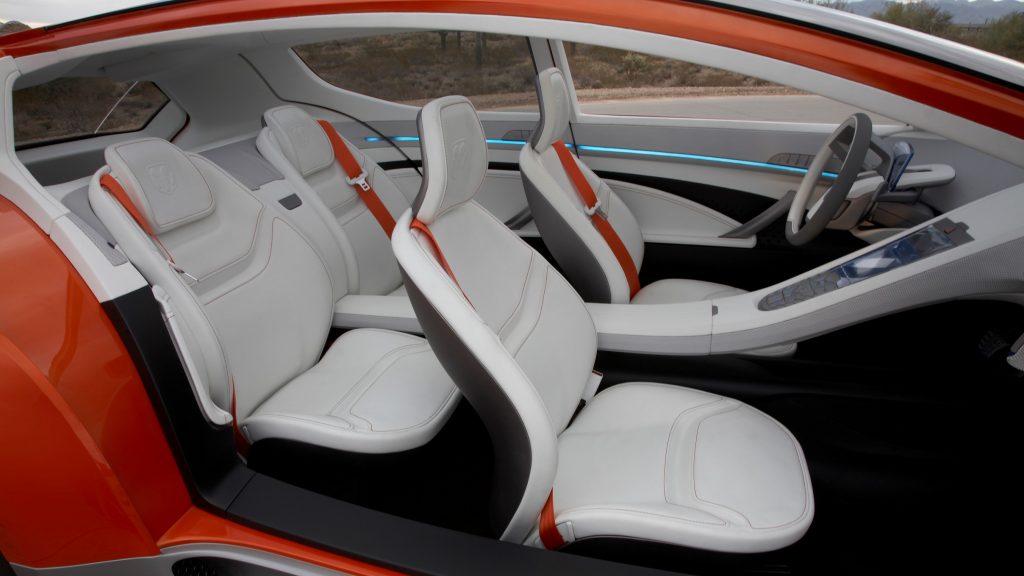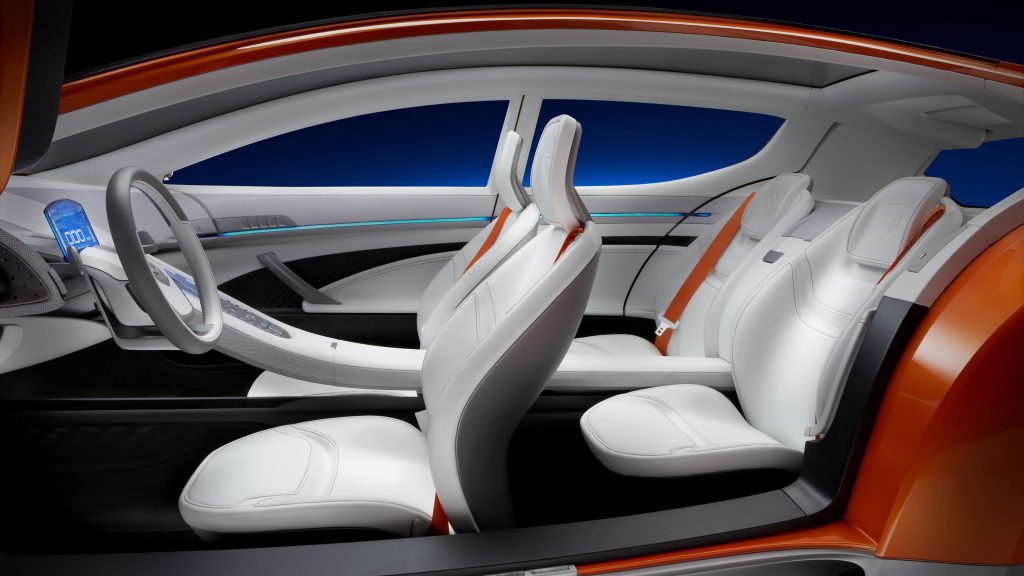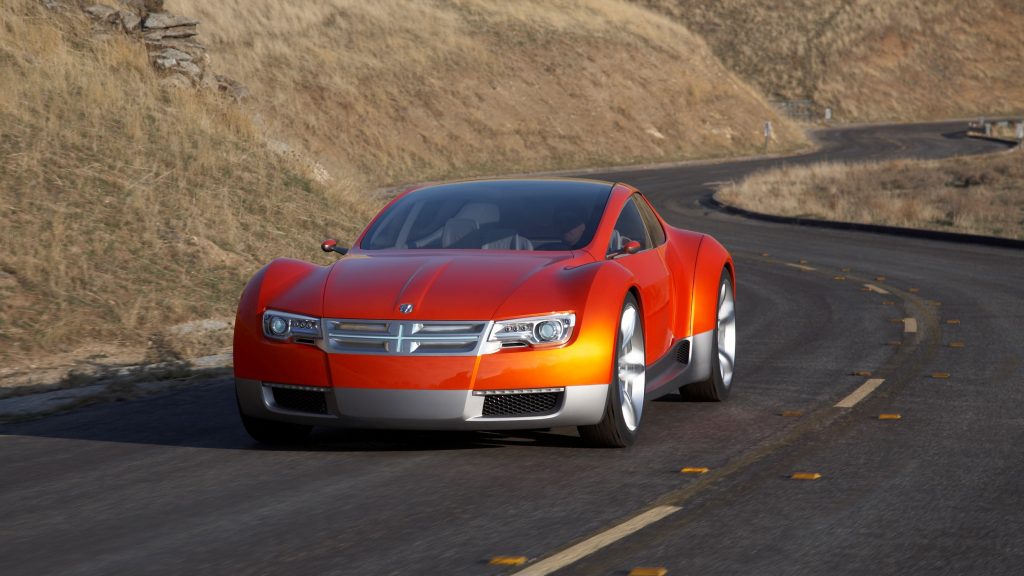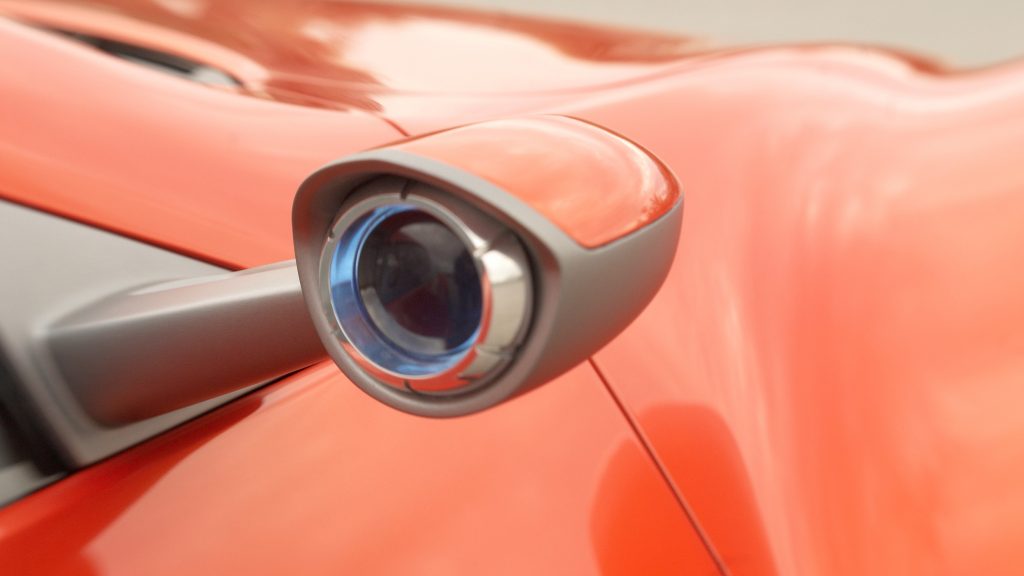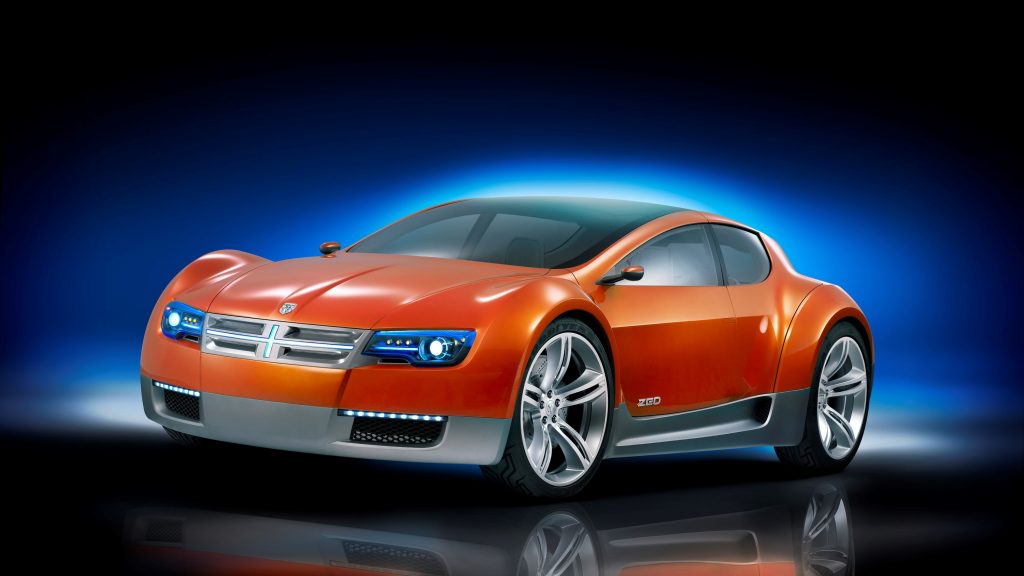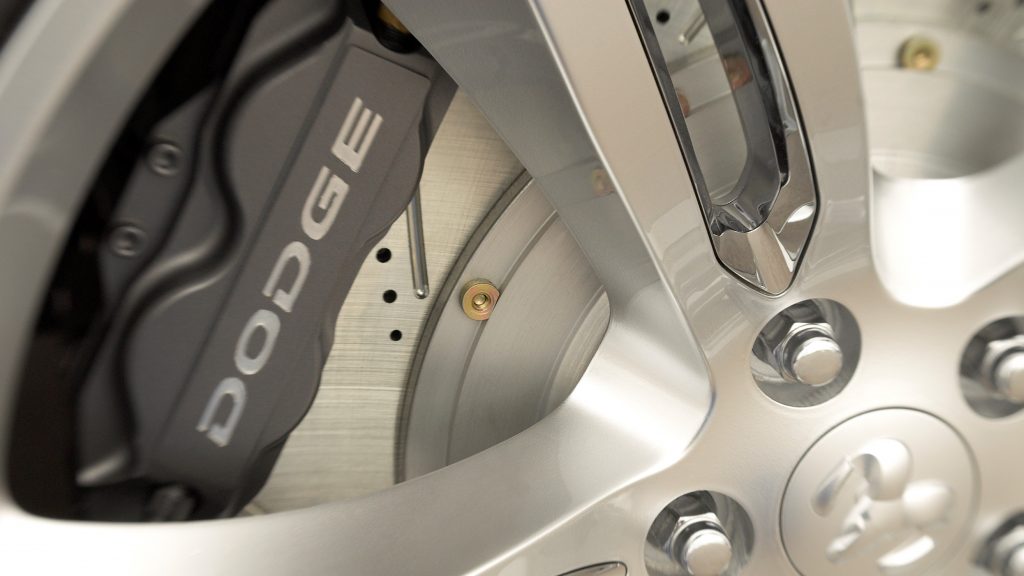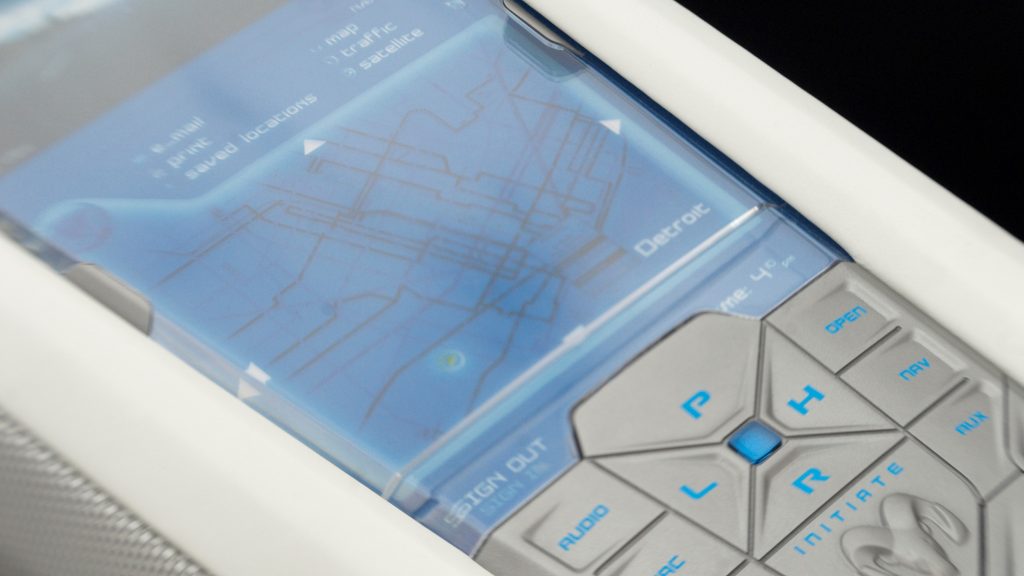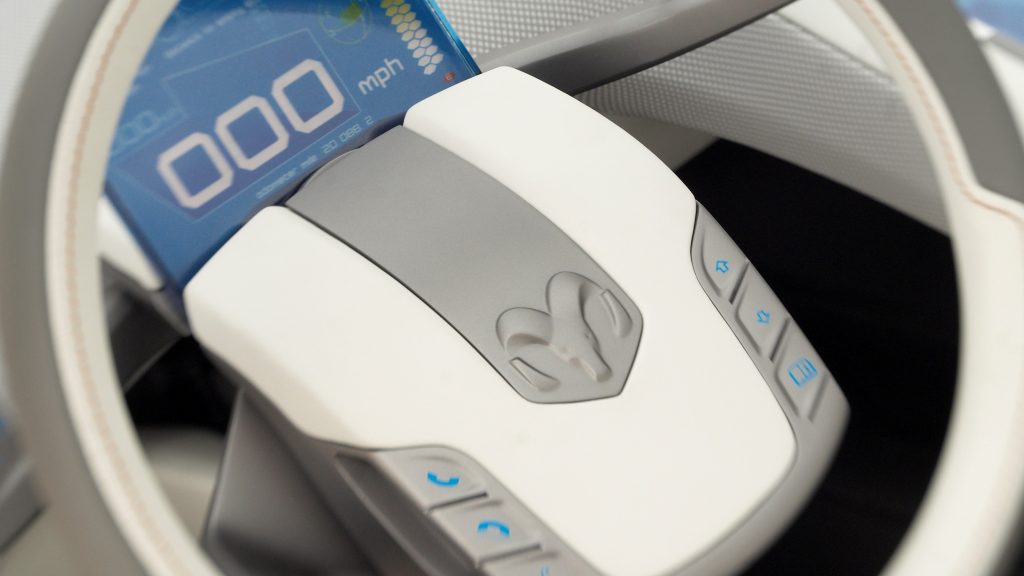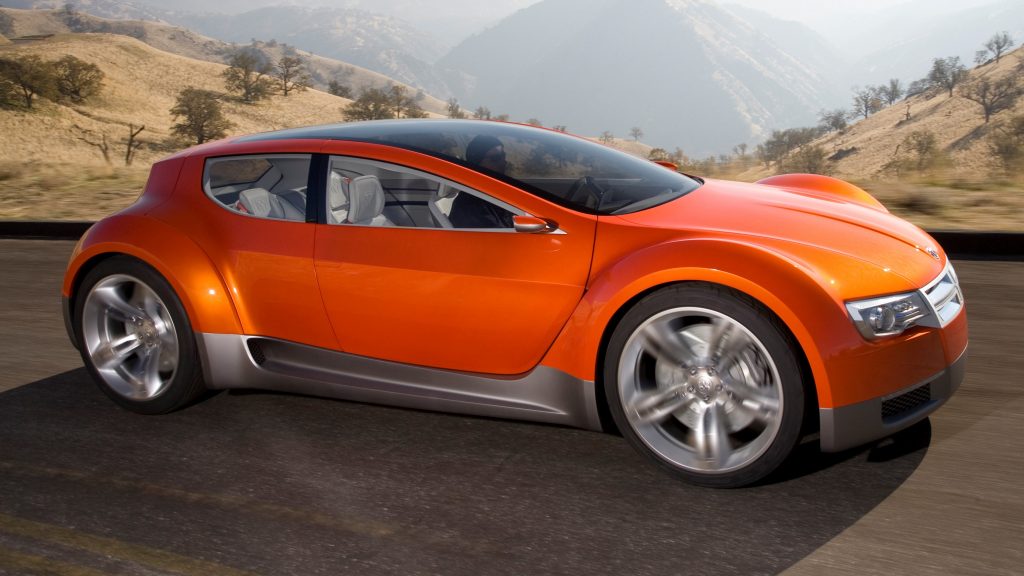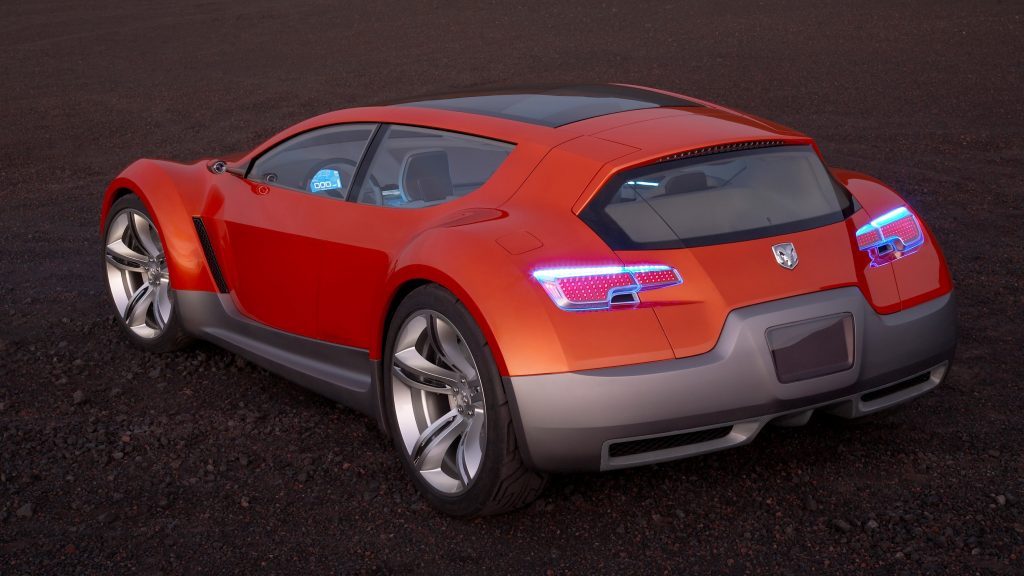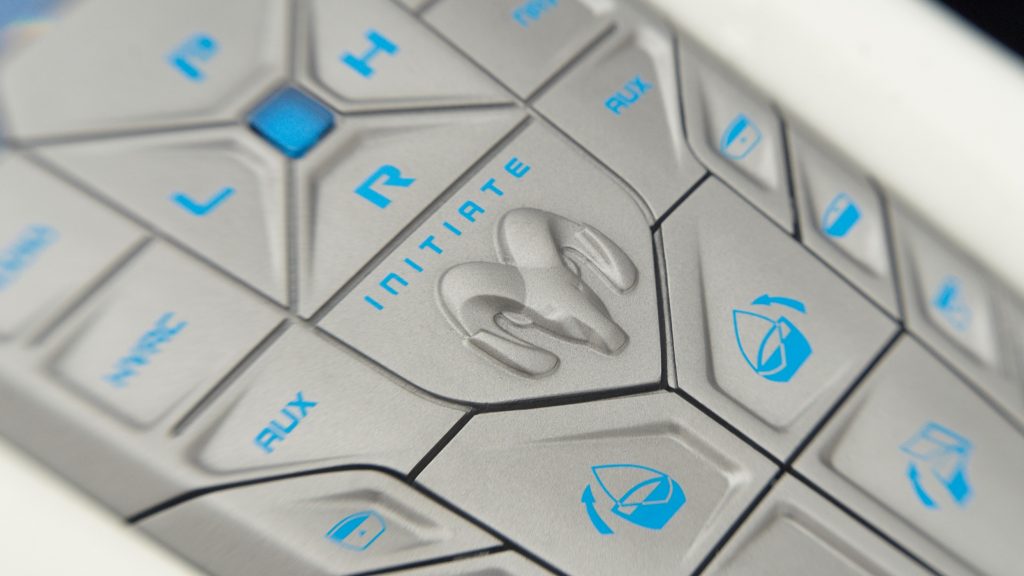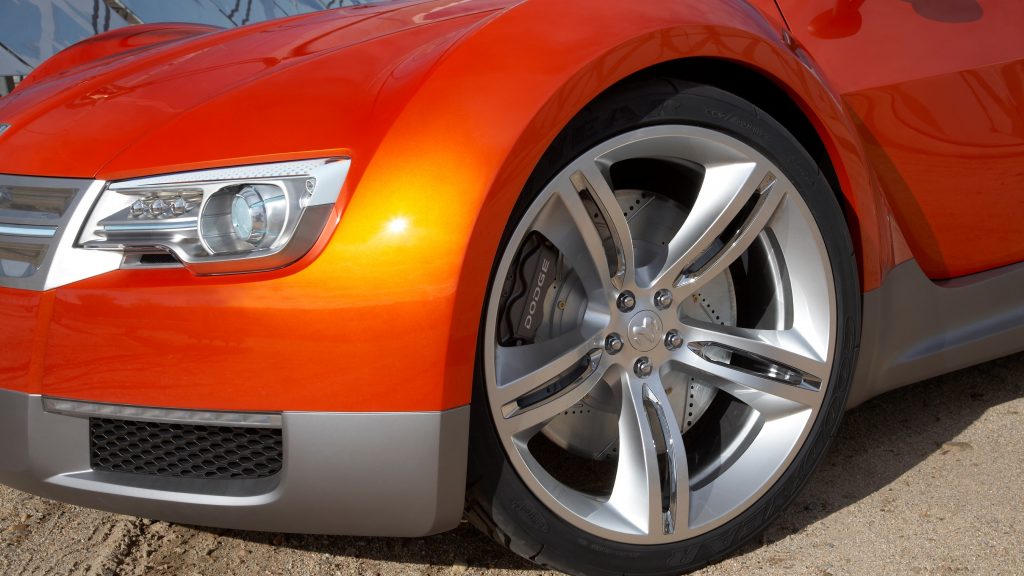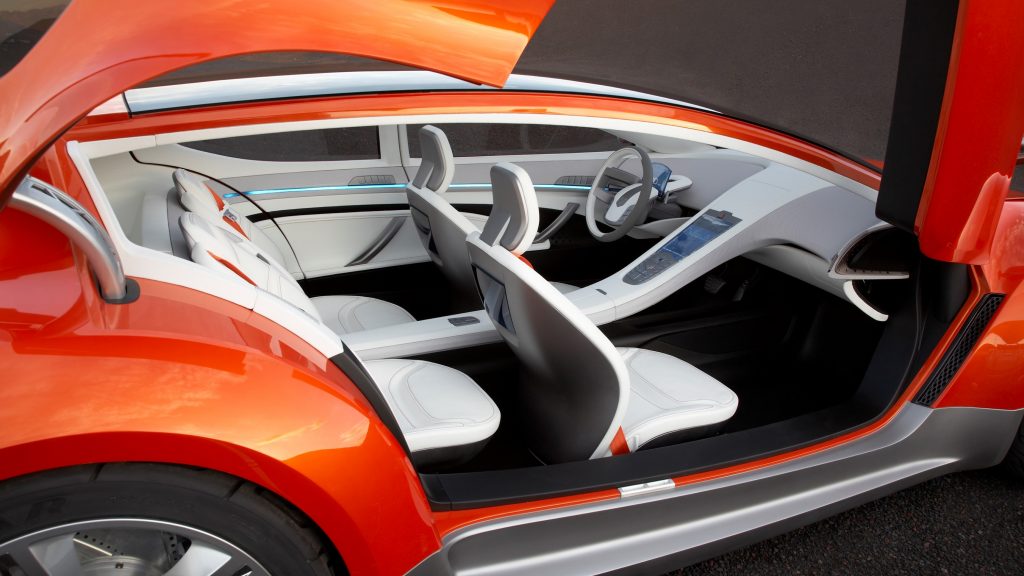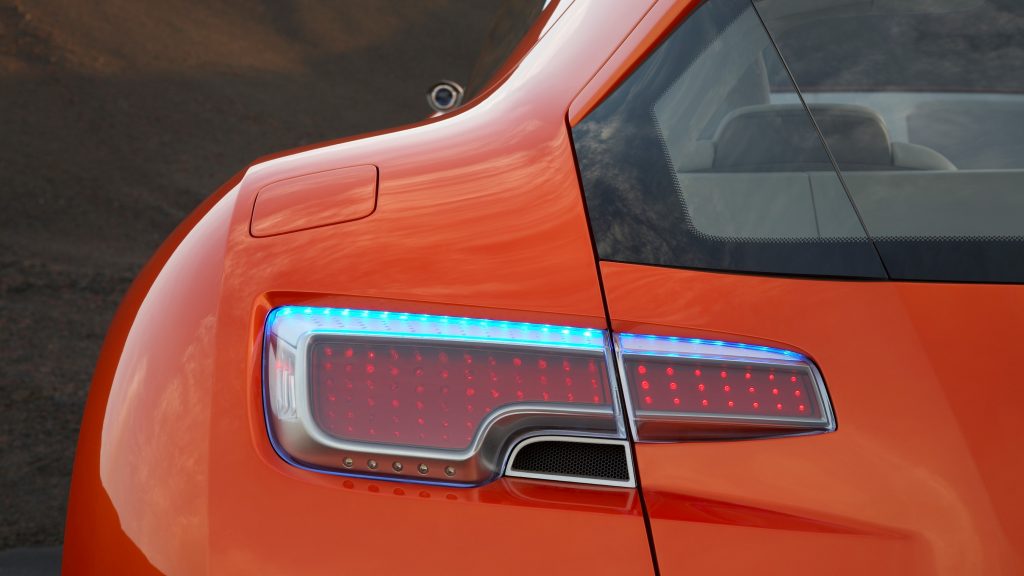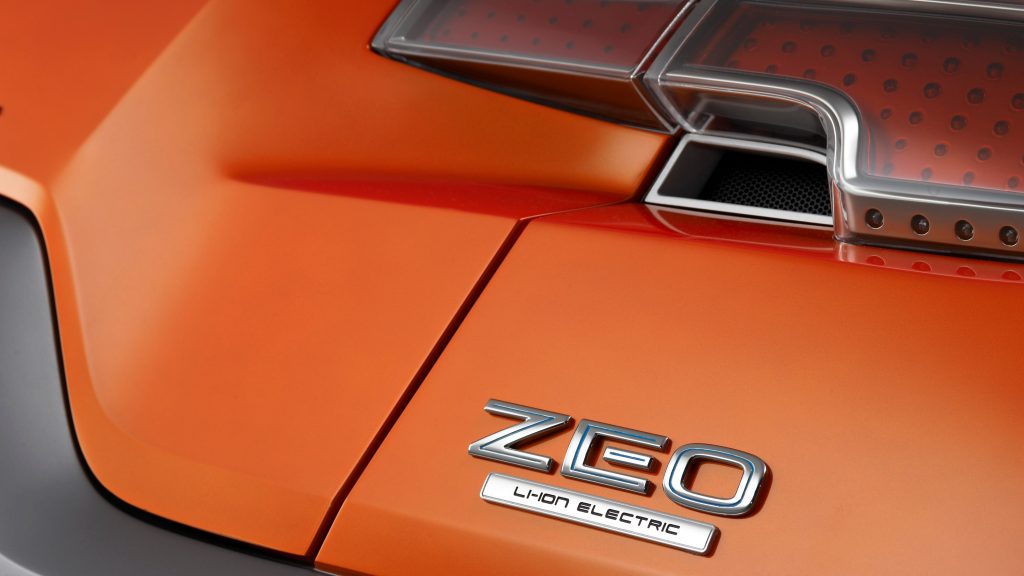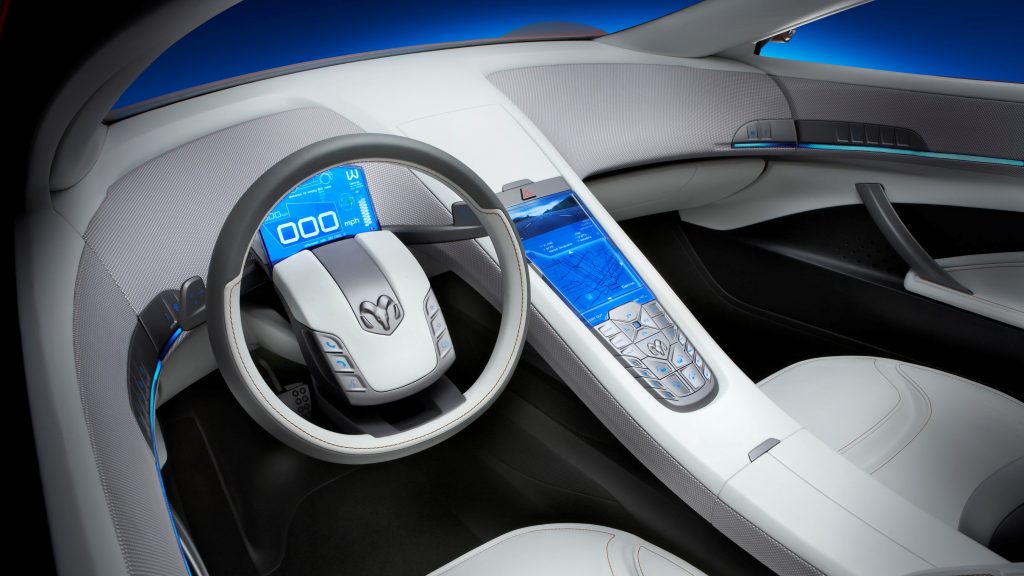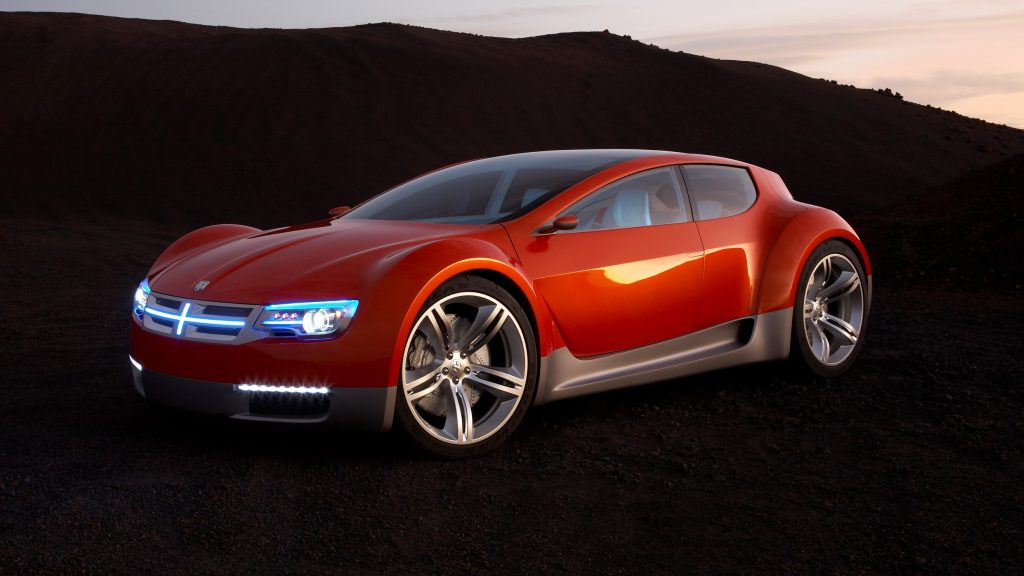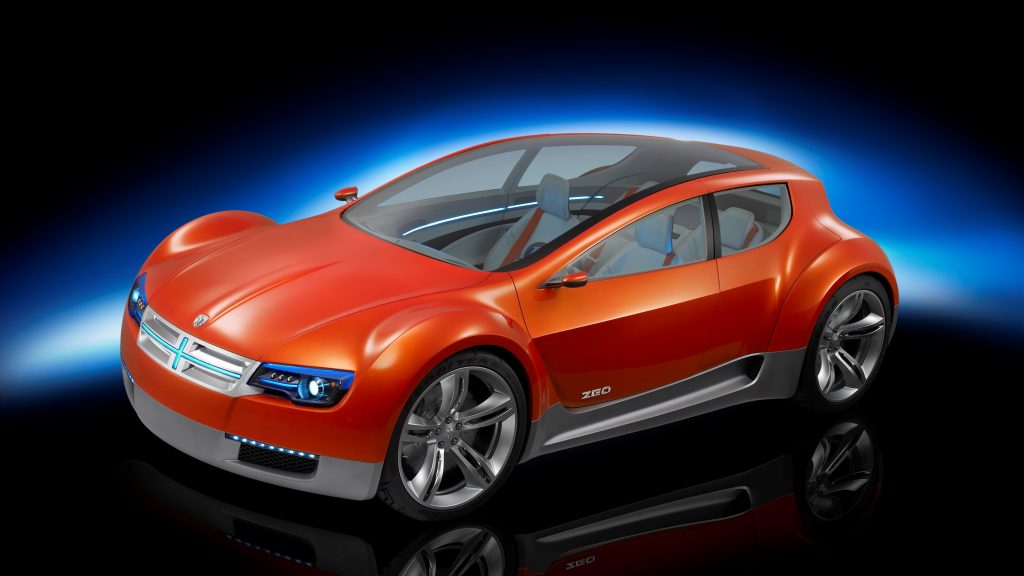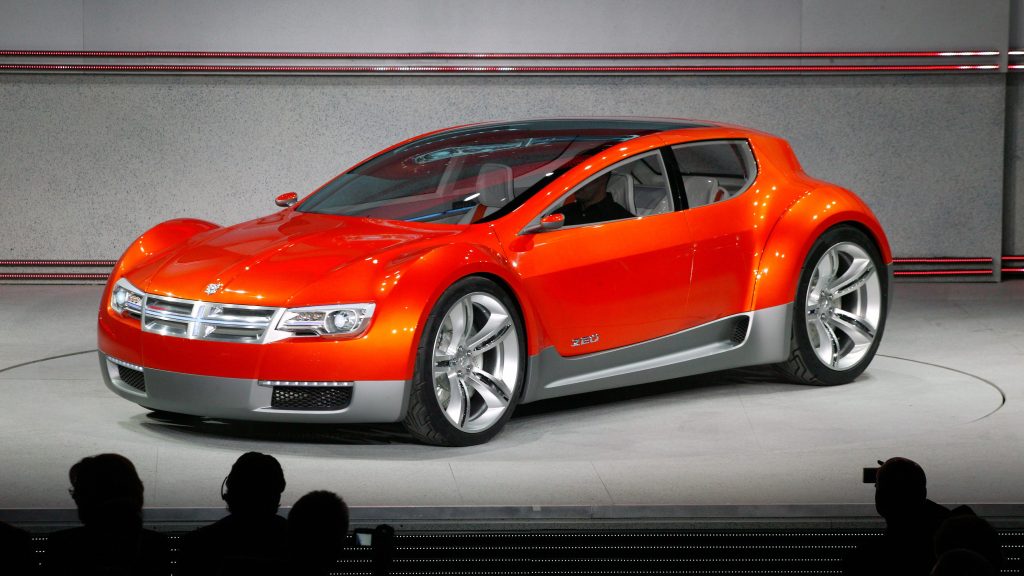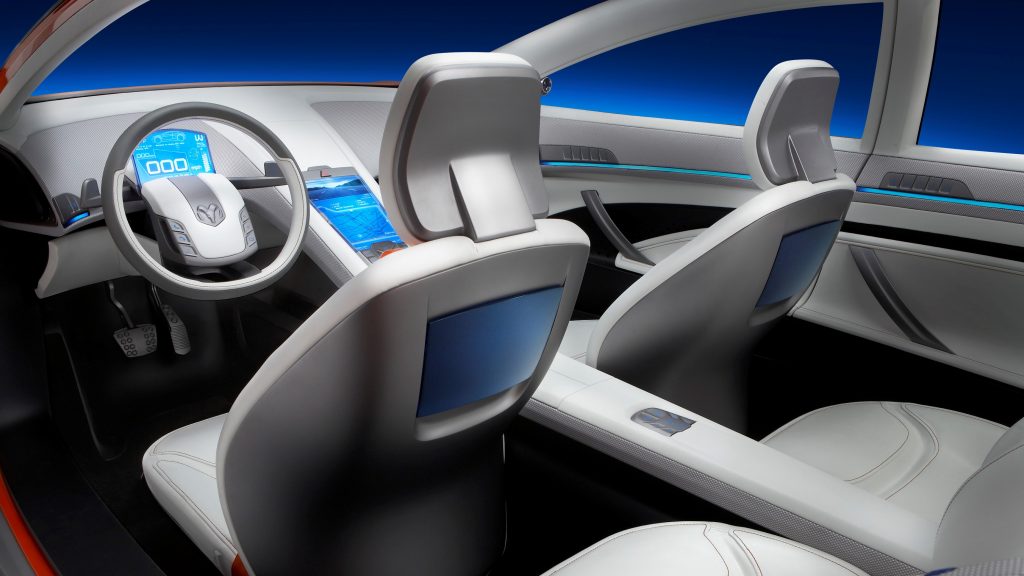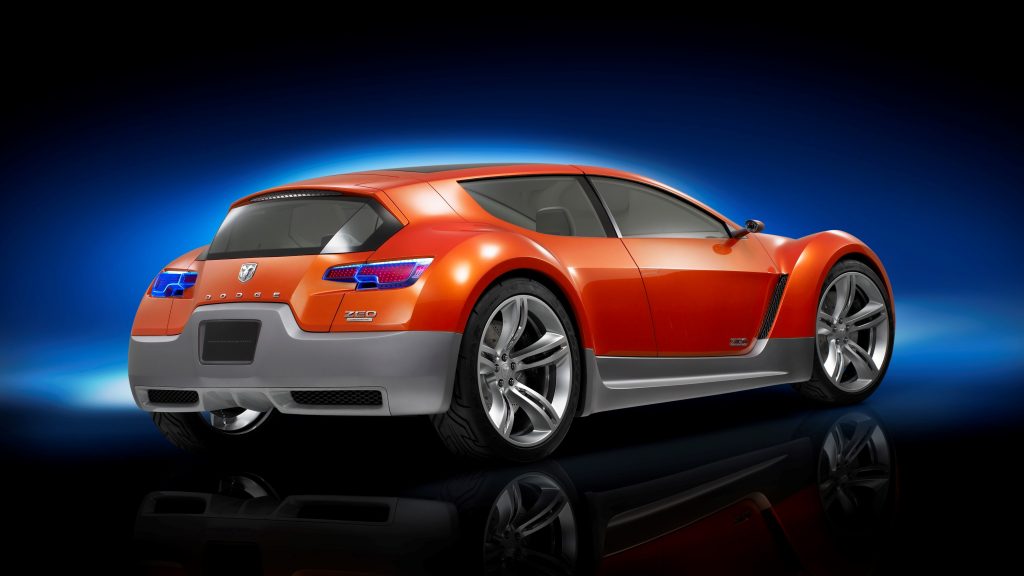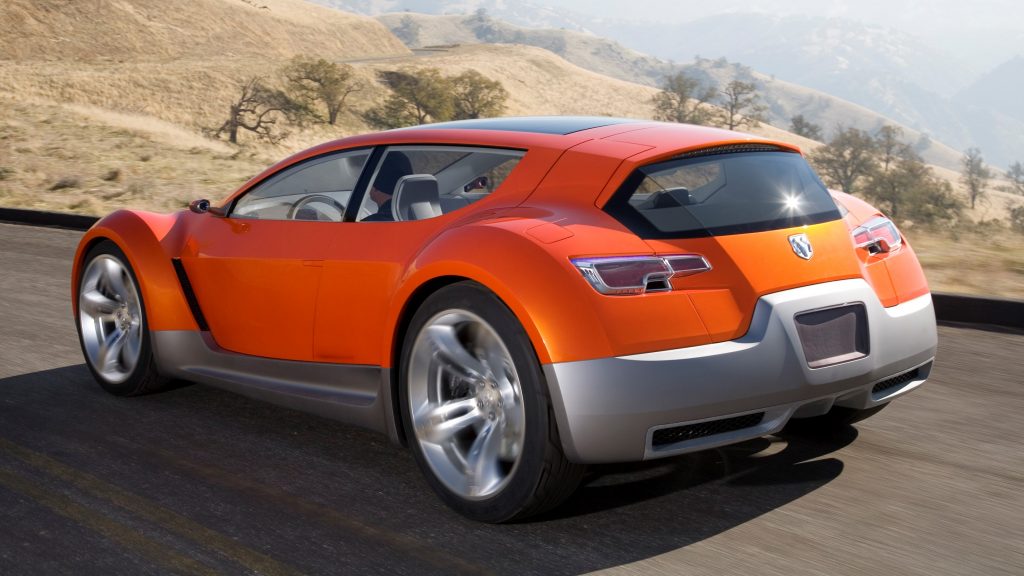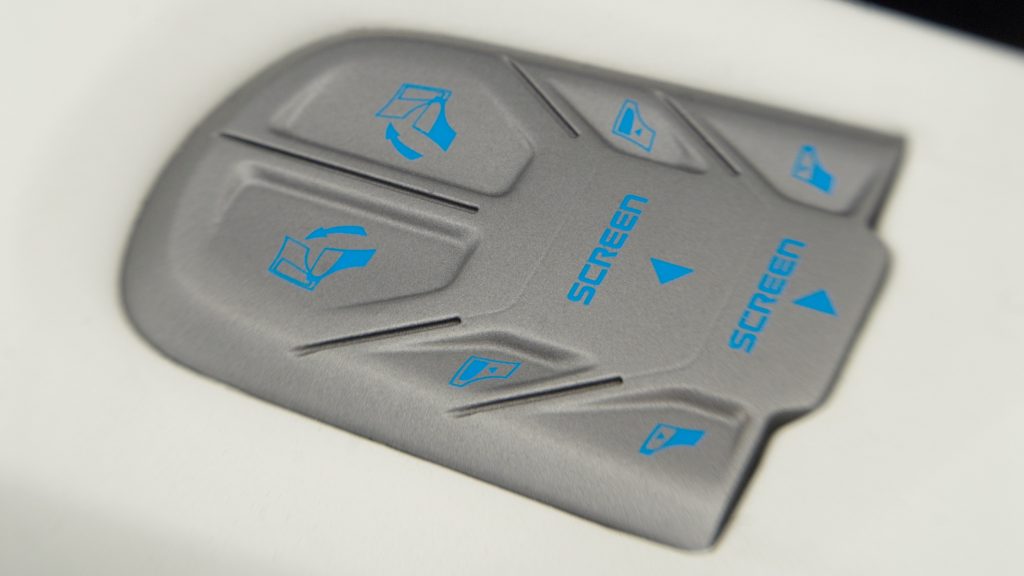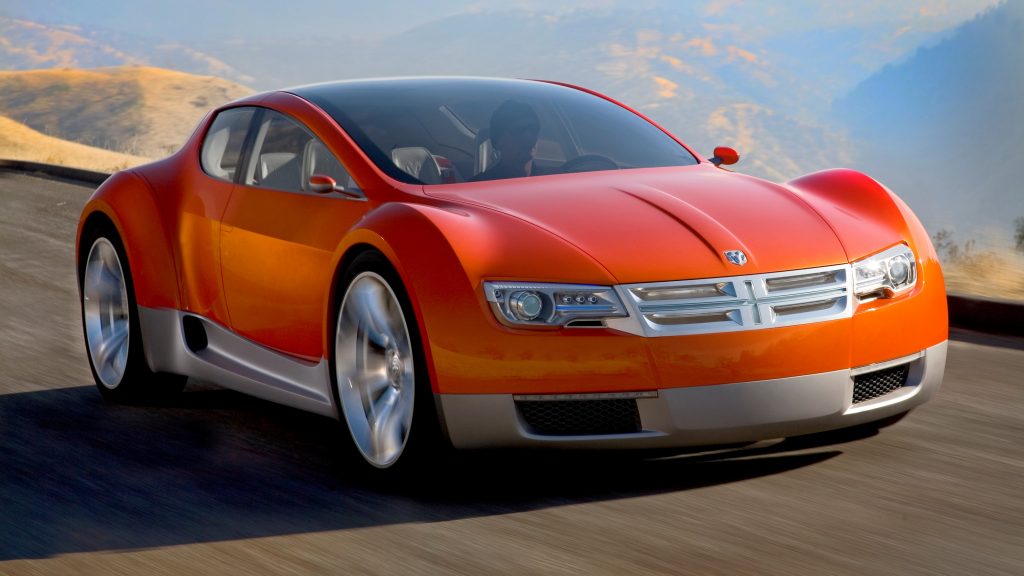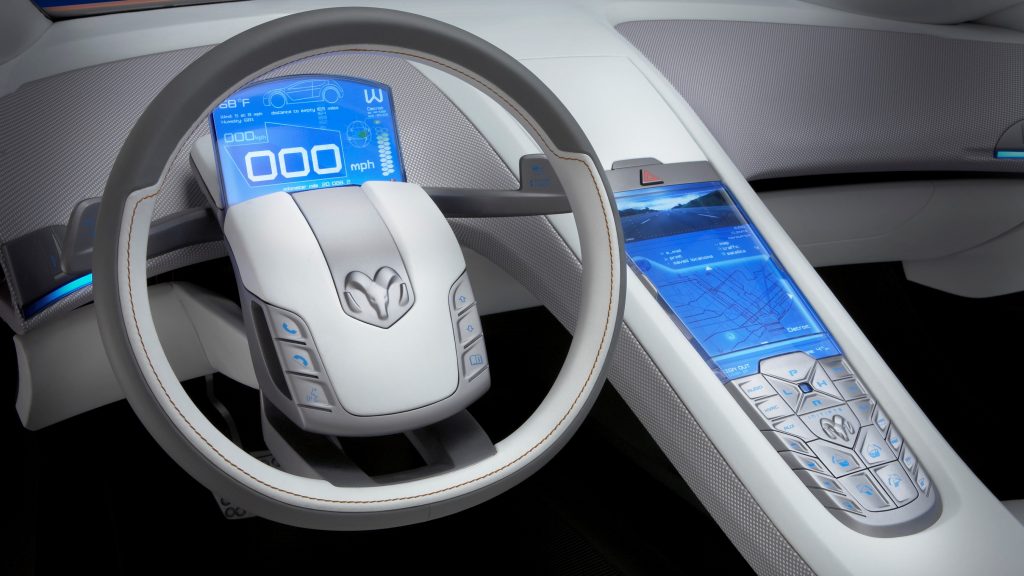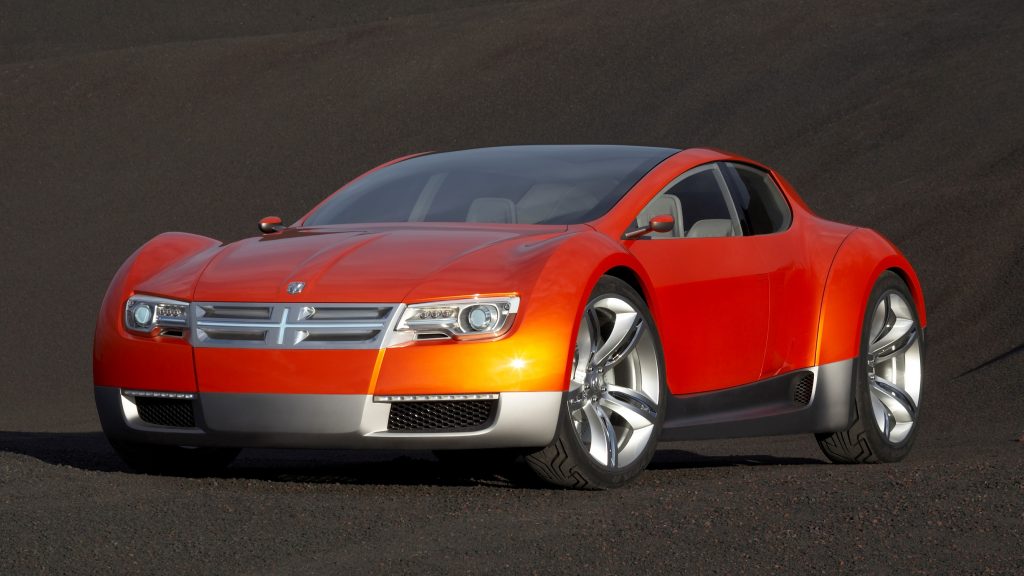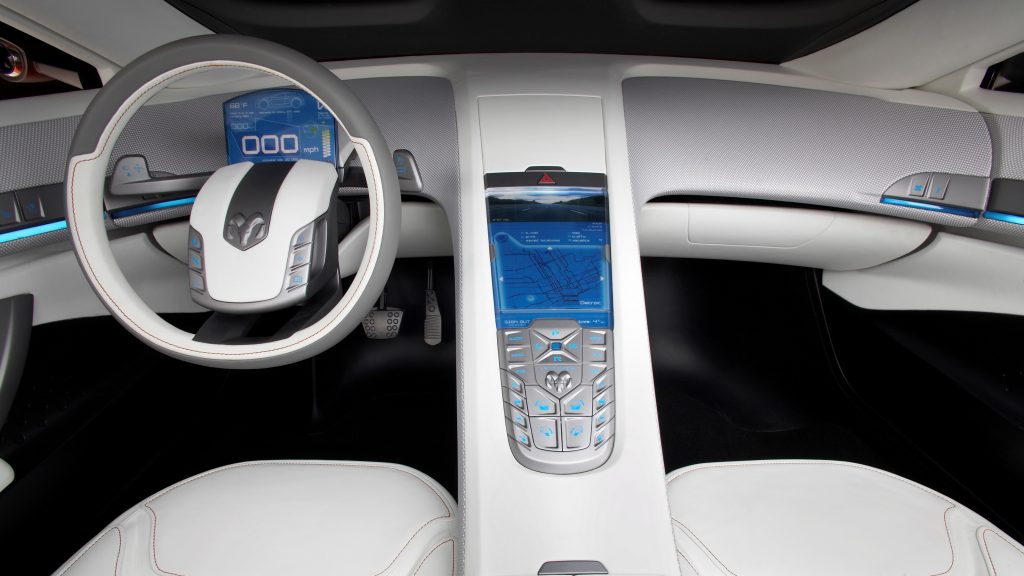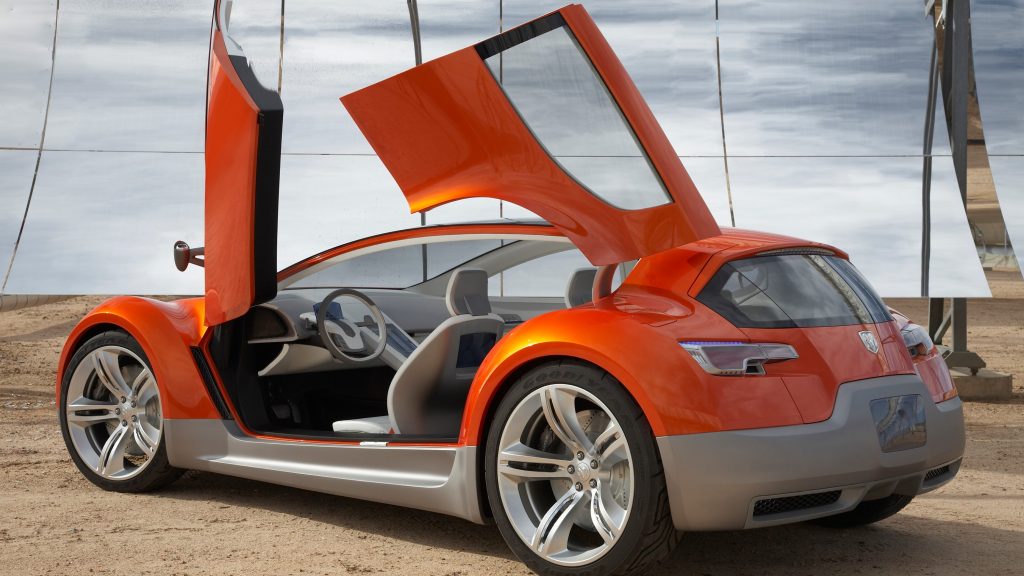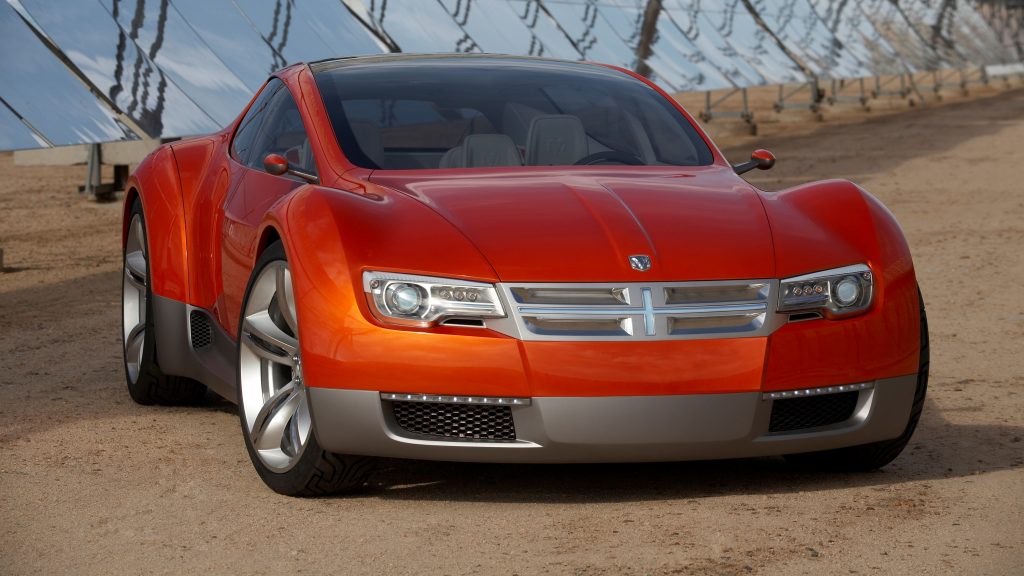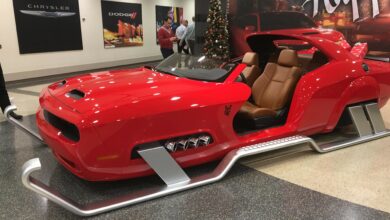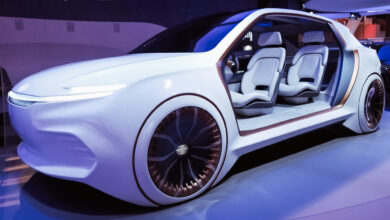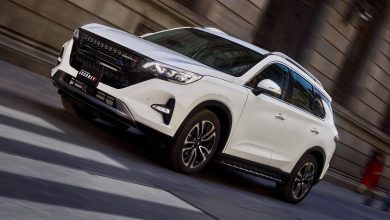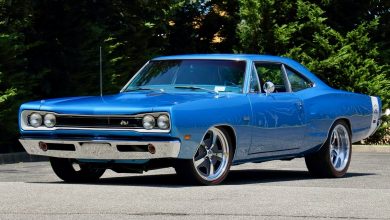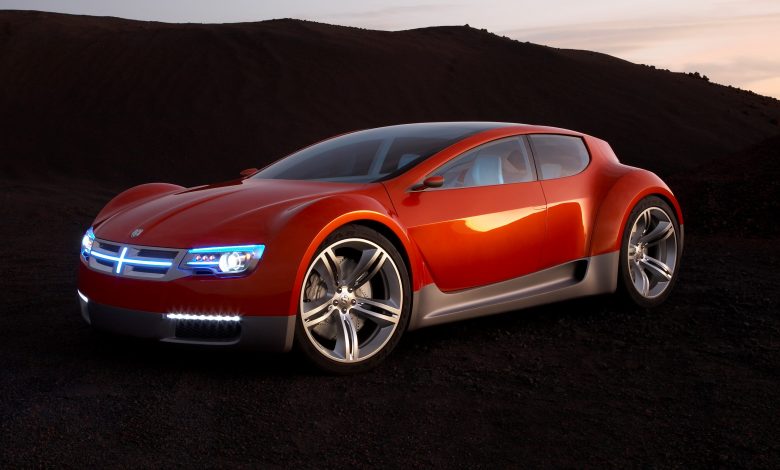
Introduced at the 2008 North American International Auto Show (NAIAS) show in Detroit, Michigan, the Dodge ZEO Concept was a decade ahead of its time. It showcased some amazing all-electric capability, in a four-passenger sport wagon package that at the time, just didn’t seem to be as polarizing as some would think. Over a decade later, as the automotive industry moves more towards electrics, we thought we would take a look back at this Dodge concept car and see how much this concept might be suited for today’s world.
Starting off with its name, the Dodge ZEO or “Zero Emissions Operation” features an all-electric propulsion system that featured a state-of-the-art 64-kilowatt-hour lithium-ion battery pack capable of at least 250 miles. At the time, that was certainly advanced, however, in today’s market we are seeing vehicles like the Rivian R1T pickup launching with a base battery pack of 105-kilowatt-hours with option offerings up to 180-kilowatt-hours.
The ZEO featured a 200 kilowatt (268 horsepower) single-electric motor that powered the rear wheels, staying true to the form of this Dodge’s performance heritage. Performance of the ZEO Concept seen a 0-60 mph time just under the 6-second range. So it would be on par with today’s 2022 Dodge Charger R/T with the 5.7-liter HEMI. However, Tesla has shown us with vehicles like its 2022 Tesla Model 3 Standard have similar performance offering 267 miles of range, a rear-wheel-drive layout, and a 0-60 mph in 5.8-seconds. So it’s not unheard of Dodge’s claims for its 2008 concept car.
Unlike the Tesla Model 3’s styling, the ZEO Concept goes for a sporty “2+2” wagon look, that screams concept car. The Dodge ZEO was inspired in part by the architecture of a Möbius strip. Rakish A-pillars curved into extended roof rails that twisted and converged as they raced rearward. The windshield glass continued in an unbroken, curving plane nearly to the rear of the car, giving both front and rear passengers an unimpeded, all-around view while showcasing ZEO’s interior.
Of course, the ZEO wouldn’t scream concept car if it didn’t feature a unique “scissor” doors and an LED-backlit crosshair grille. While “scissor” doors can be found on certain supercars, Tesla has put its own unique “Falcon” doors on its Model X crossover to allow easier passenger access. Since 2008, automotive lighting has become a feature in which people recognize a vehicle by its LED exterior running lights, having a LED-backlit grille has also made appearances on several vehicles since then.
The ZEO’s interior was inspired by organic forms and wireless technology, both of which have changed the way we use our vehicles over the past decade. The design team treated the entire cabin as if it was a single piece of sculpture. A broad sloping fabric-wrapped surface in front of the driver curved dramatically into the door and quarter panel. It then swept around the back panel to the opposite side quarter panel and door, ending in a sloping surface in front of the passenger. The design approach blended the usually separate-looking parts of the interior into a unified whole.
The design team added a narrow strip of blue LED accent lighting on the doors and quarters, which led to the back panel, creating a sweeping effect. Keeping the interior from feeling closed off to the outside world, the ZEO featured a Super White color on most of its interior surfaces.
Unlike Tesla’s Model 3, which features a very minimalistic layout with no buttons and just a touchscreen, the ZEO featured a slim center console that sloped down from the windshield, creating a dual-cockpit effect, and added more of a performance theme to the car. The center console then leveled off to divide the cabin by continuing clear into the back panel. To avoid visual clutter, customary controls and a viewing screen were set flush with the surface.
With today’s Dodge products featuring some of the best touchscreen displays in the market, there is no doubt that the physical controls of the ZEO Concept could be even more cleaned up of clutter without having to eliminate physical controls like the Model 3’s interior.
Inside of using a conventional instrument panel, the steering wheel, steering column, and the instruments are treated as a single freestanding design element. The ZEO’s steering wheel featured two vertical spokes, set closely together, leaving 80% of the rim “open” for maximum visibility. The laid-back center hub, containing the driver airbag and auxiliary switches, is stationary, with the wheel rim revolving around it. Left and right horizontal paddle-levers just behind the wheel rim activate the remote radio functions. However, given in today’s world of performance cars, we would want a steering wheel more aligned with the Dodge Challenger R/T Scat Pack’s flat-bottom steering wheel wrapped in Alcantara like the Scat Pack 1320 wheel.
The doors and quarters featured a bisecting flaring, wide-to-dark gray panel separating the upper and lower surfaces with the lower portion of the door and quarter curving inboard to provide an armrest surface. Milled aluminum door pull handles, placed diagonally, acted as accents.
Seats featured contrasting colored Copperhead stitching that followed the forms of the Super White-colored leather seats. For maximum comfort, the four bucket seats sport highly-contoured bolsters on the seat cushions and backs. When in the down position, the slim sculpted headrests nestle neatly into the tops of the upper seatbacks. The seat shells are constructed from milled aluminum, with video screens integrated into the front seatbacks. All features we have seen in several modern vehicles including the 2022 Dodge Durango SRT392.
When the ZEO Concept made its first appearance at NAIAS, I was skeptical of its design and powertrain. Fast forward a decade, the ZEO indeed feels like it could fit into today’s automotive market if it was updated with some of the technologies that we have grown to love over the past few years. Adaptive Cruise Control, Blind-Spot Monitoring, wireless phone charging, 20-speakers with 900-watt sound systems, and faster ways to charge electric cars, something like the ZEO could easily find its way into the Dodge lineup and into Dodge owners’ garages.
2008 Dodge ZEO Concept Image Gallery:

